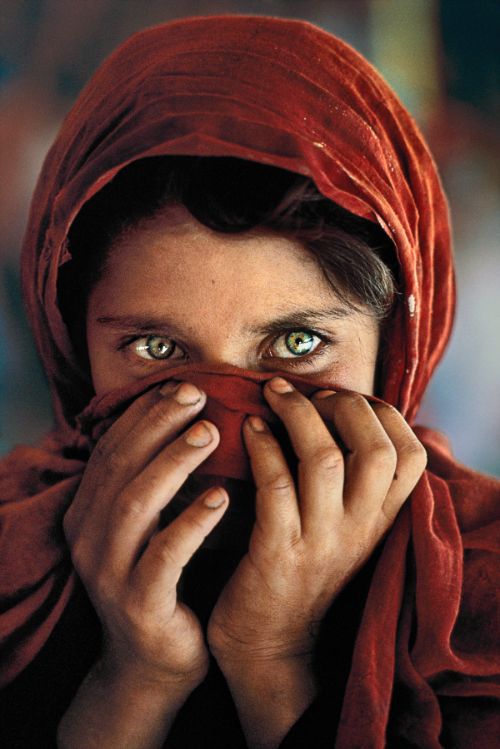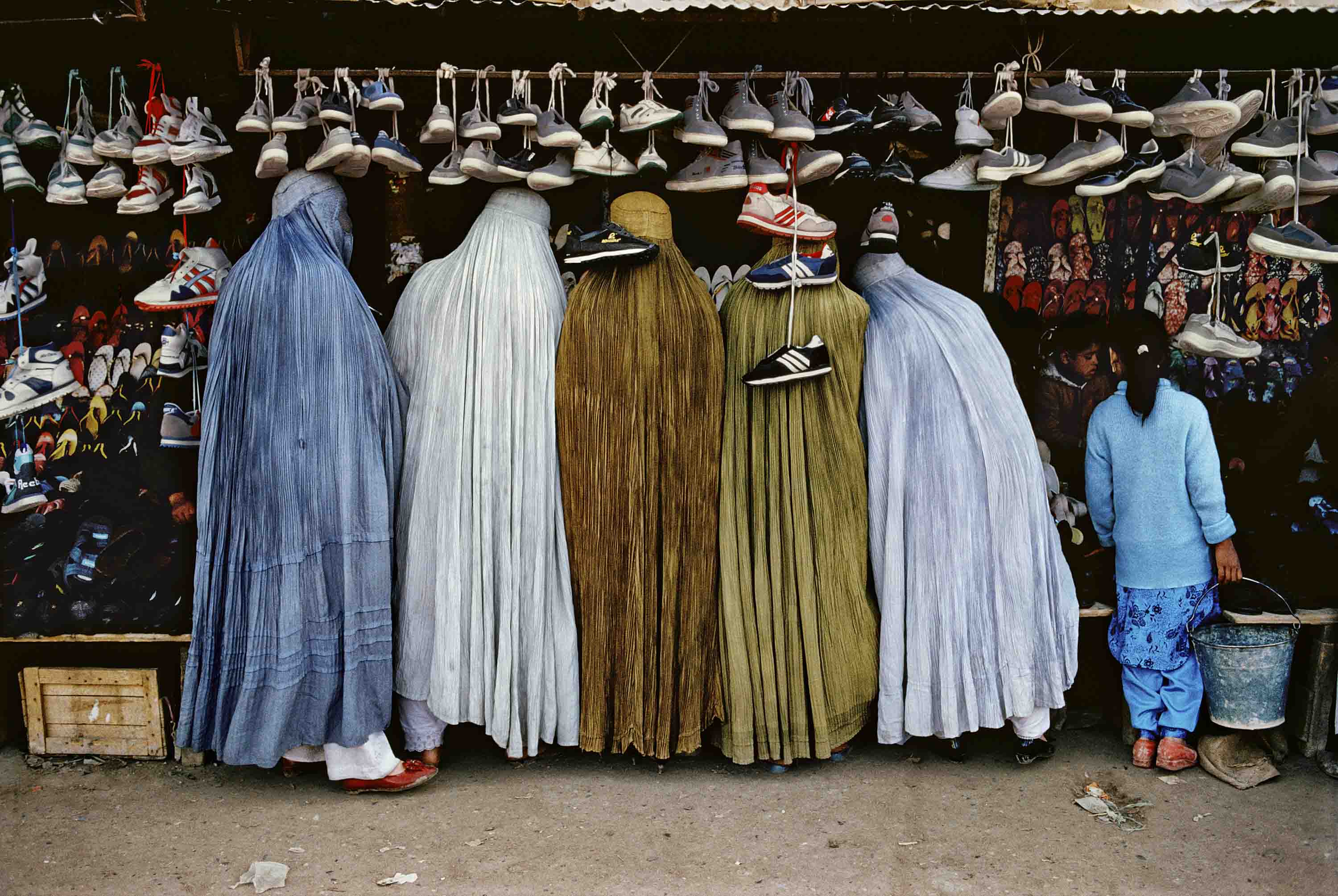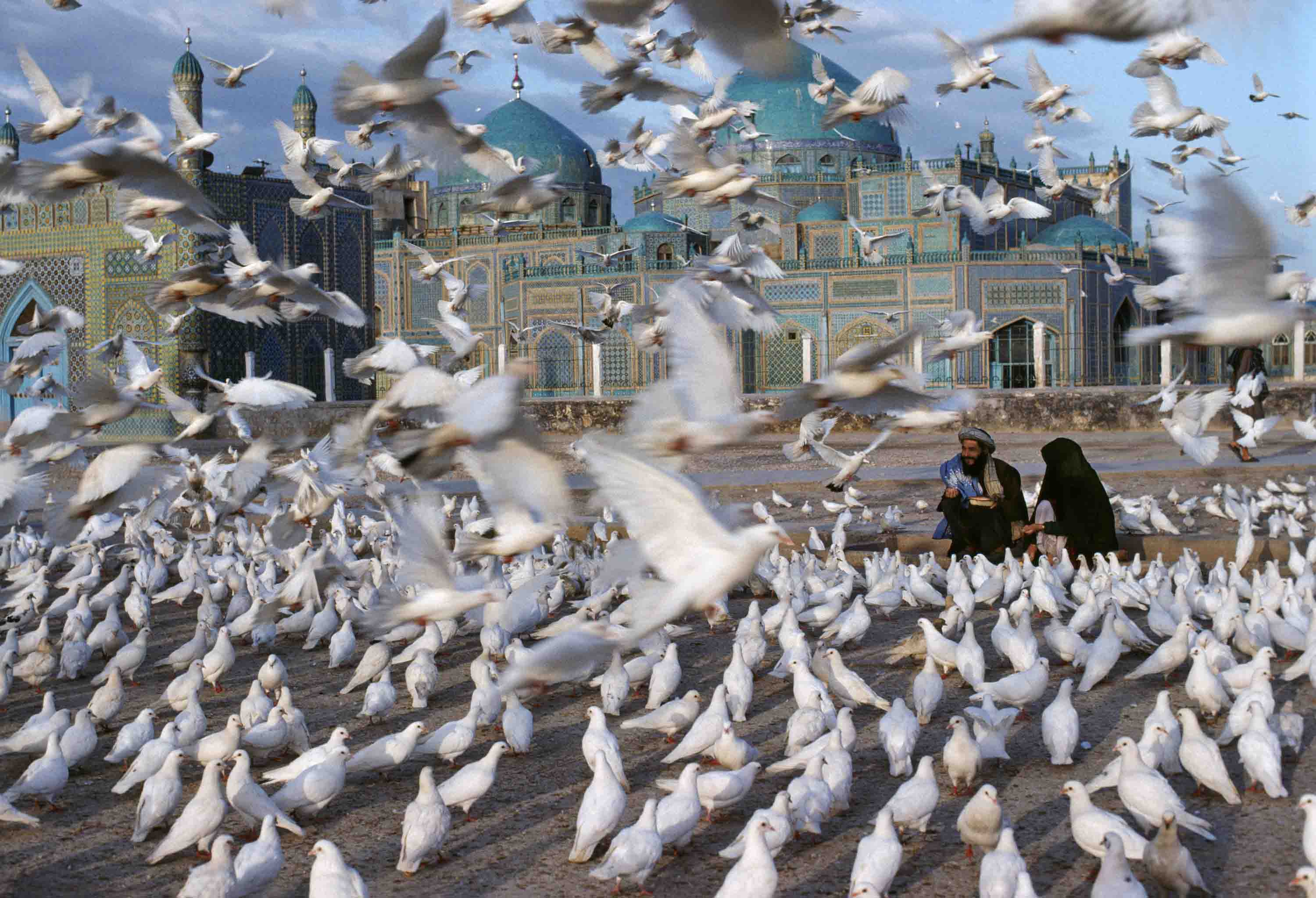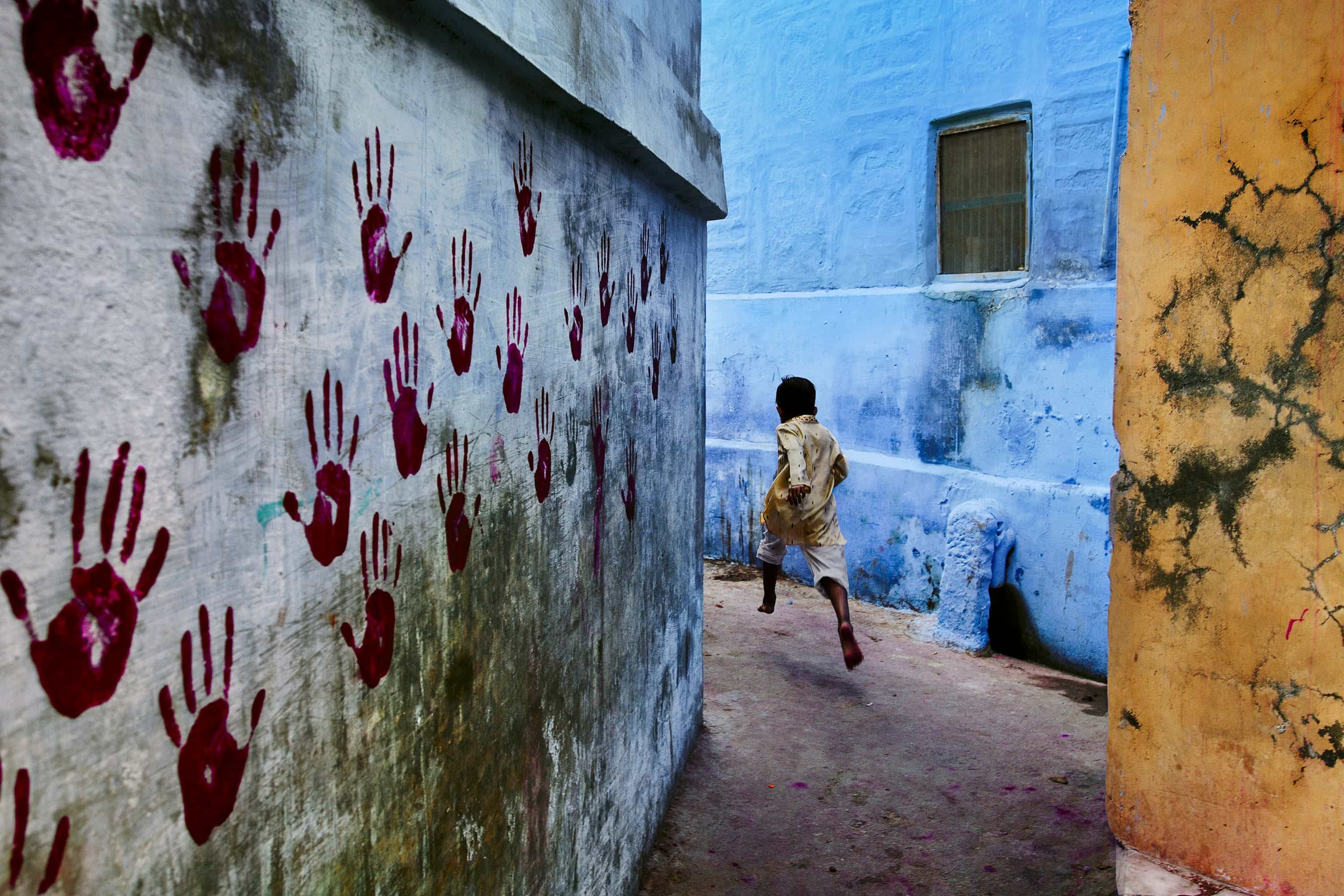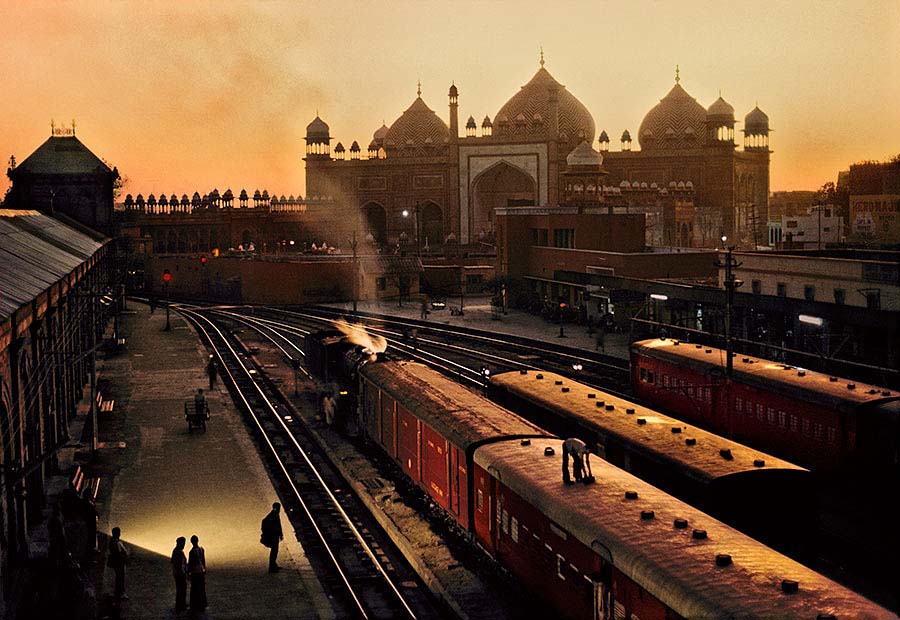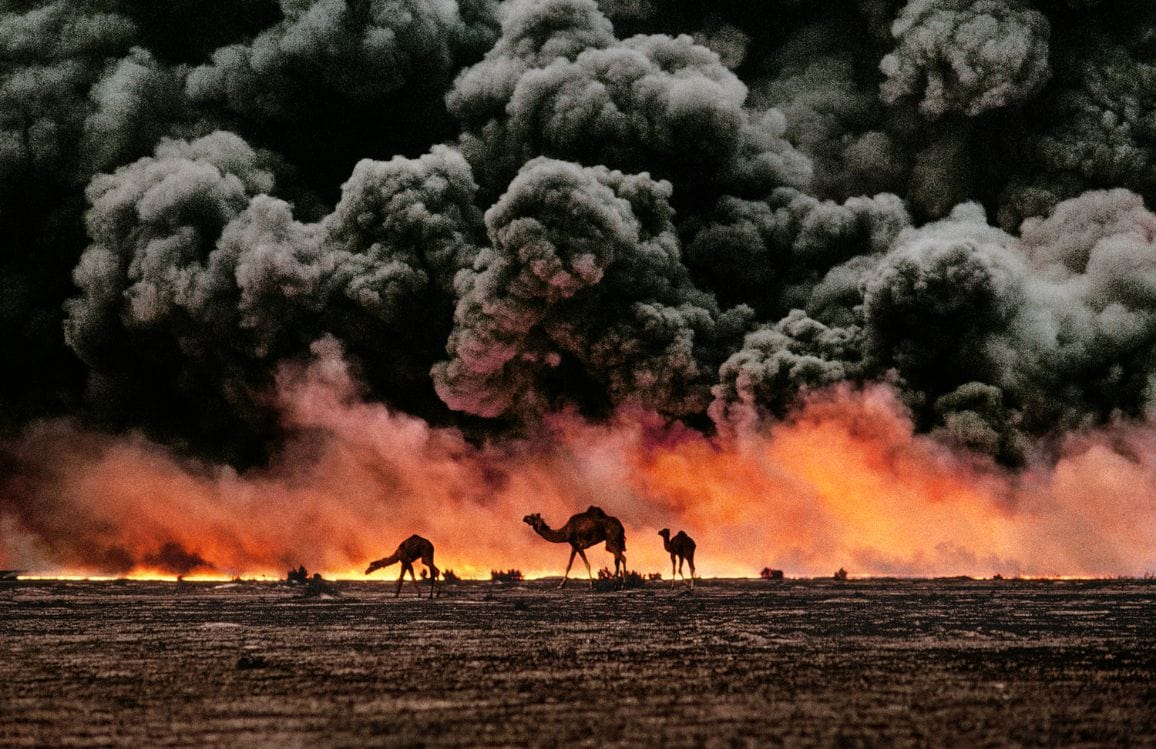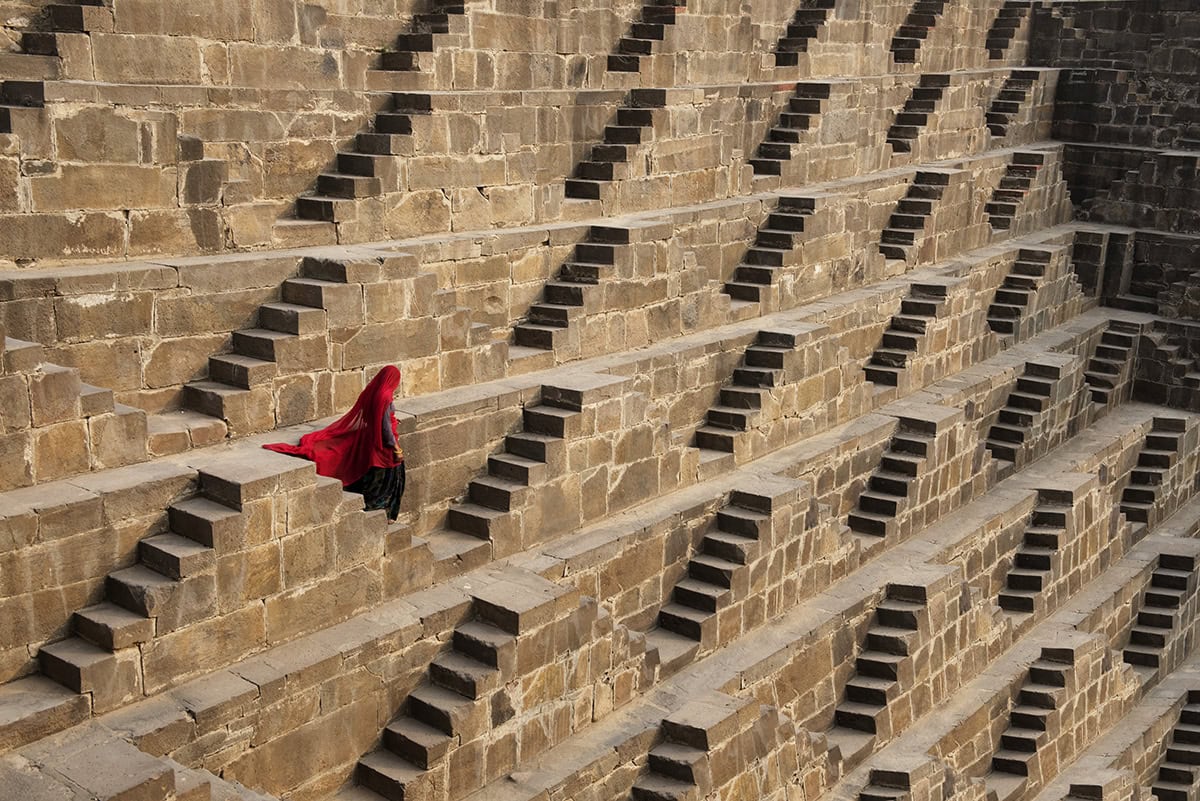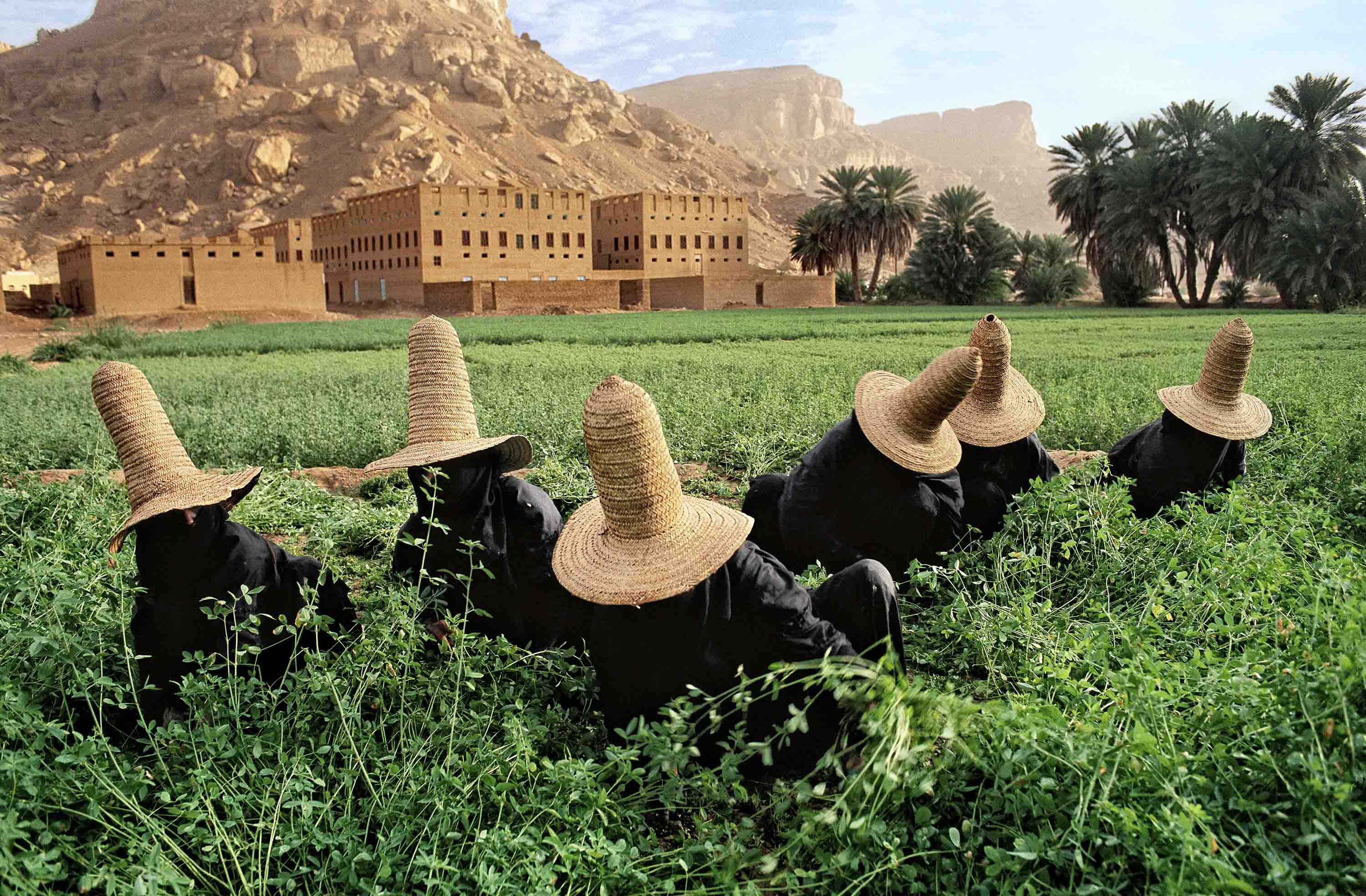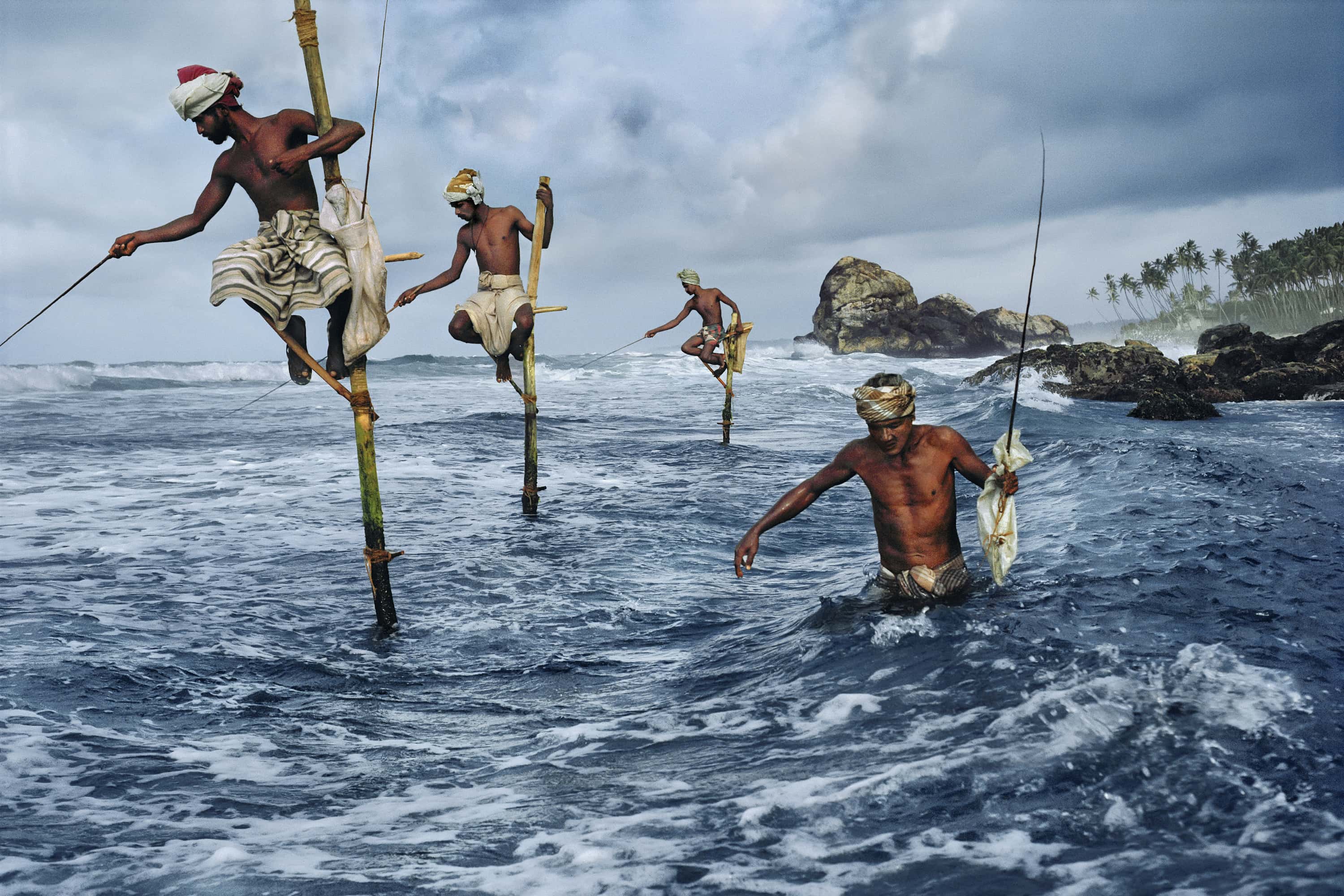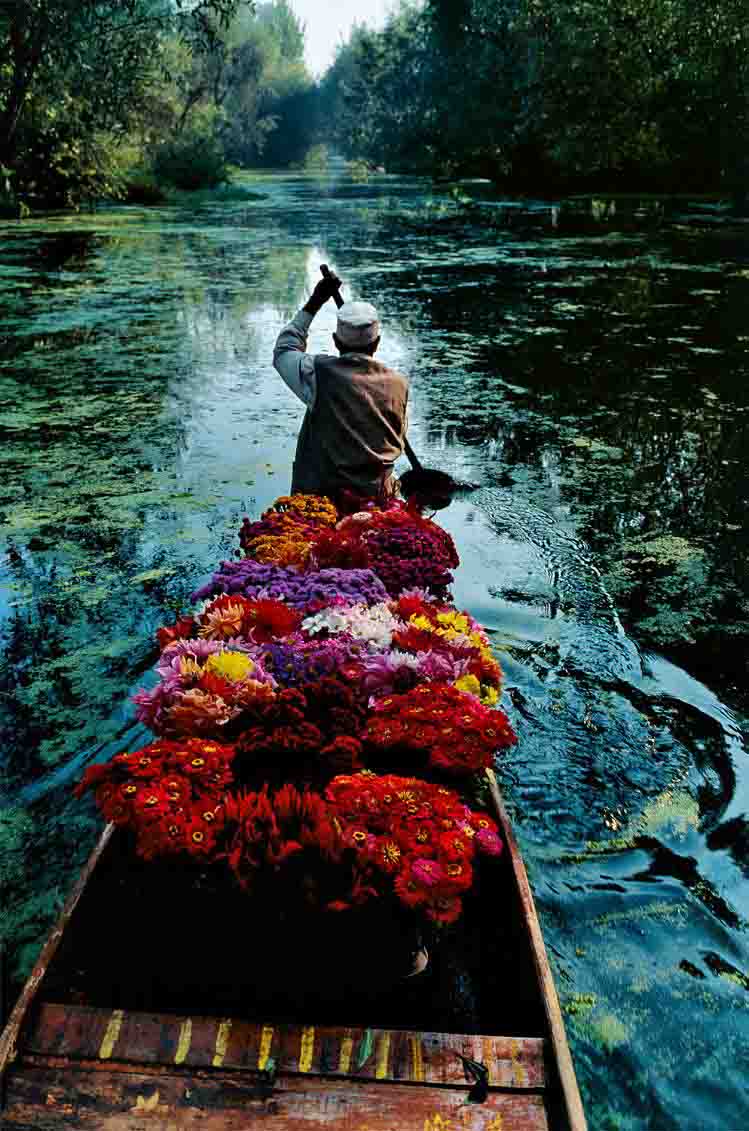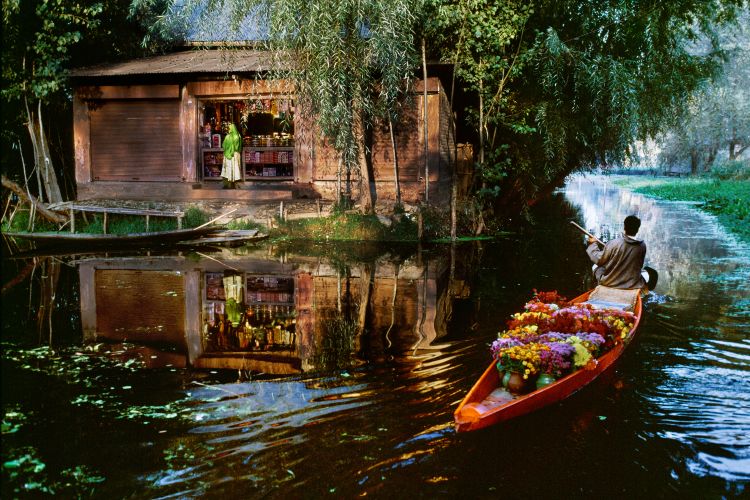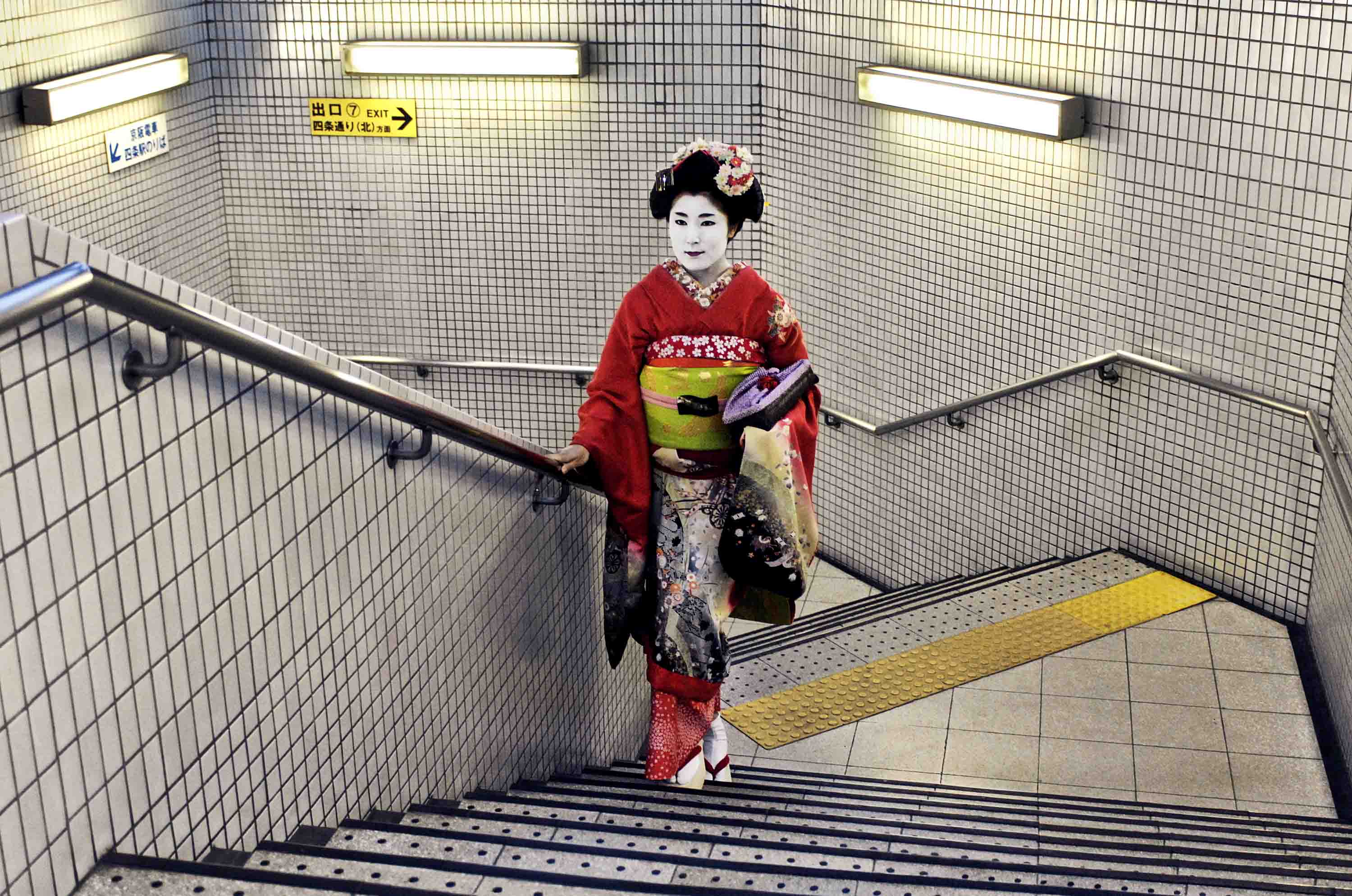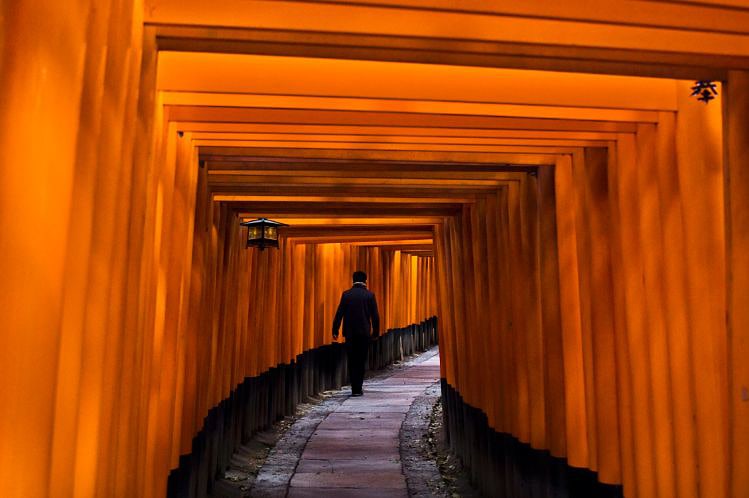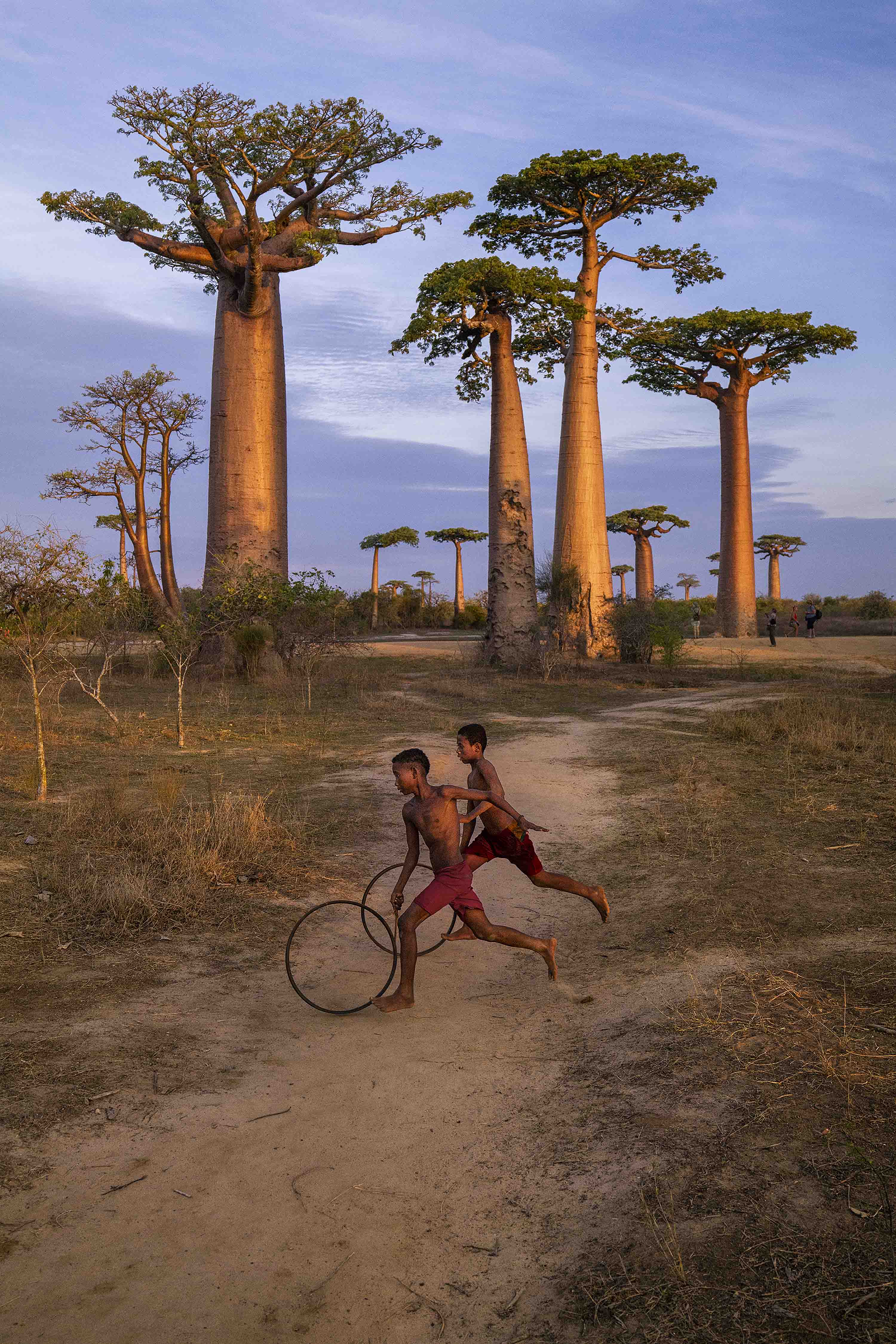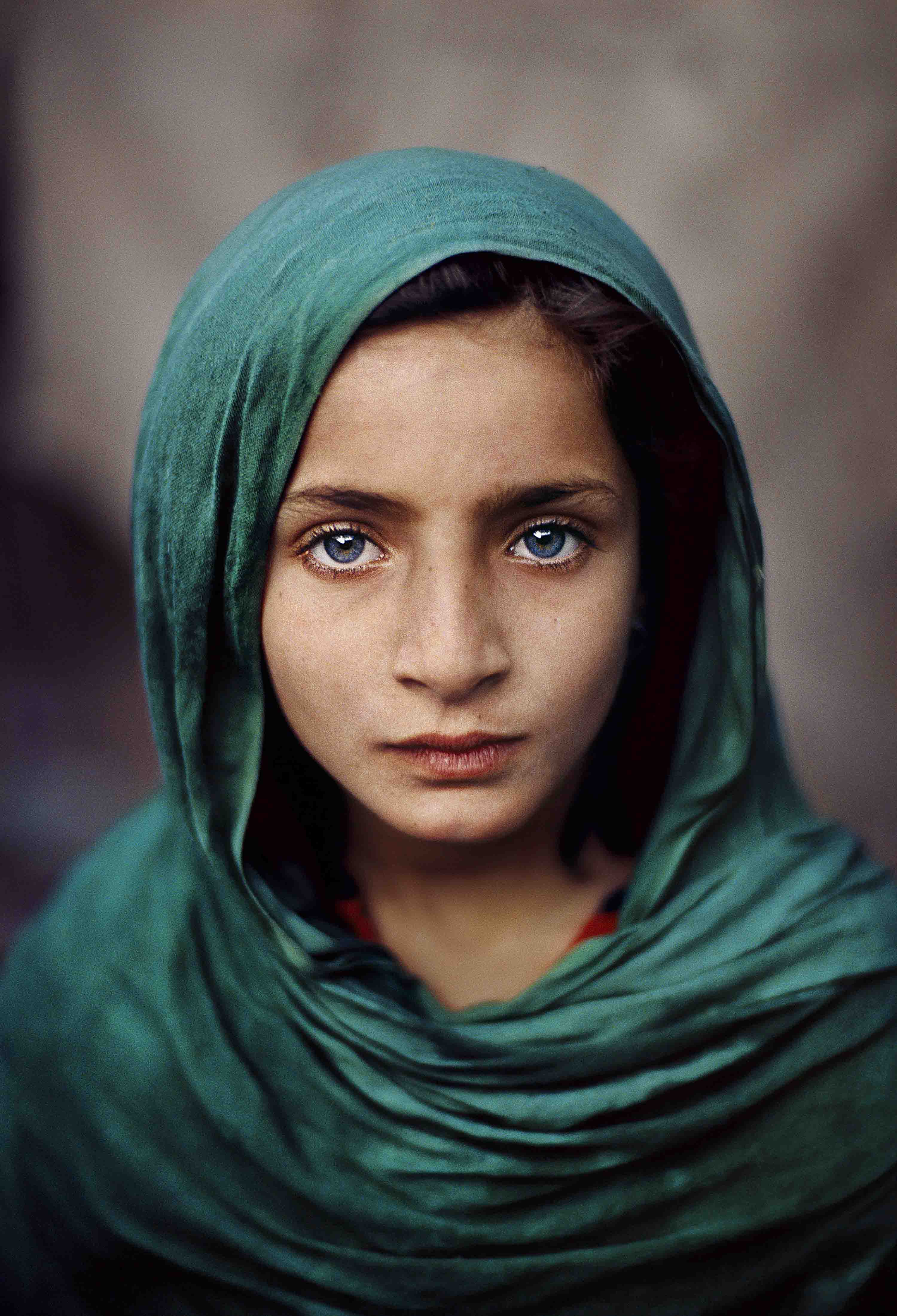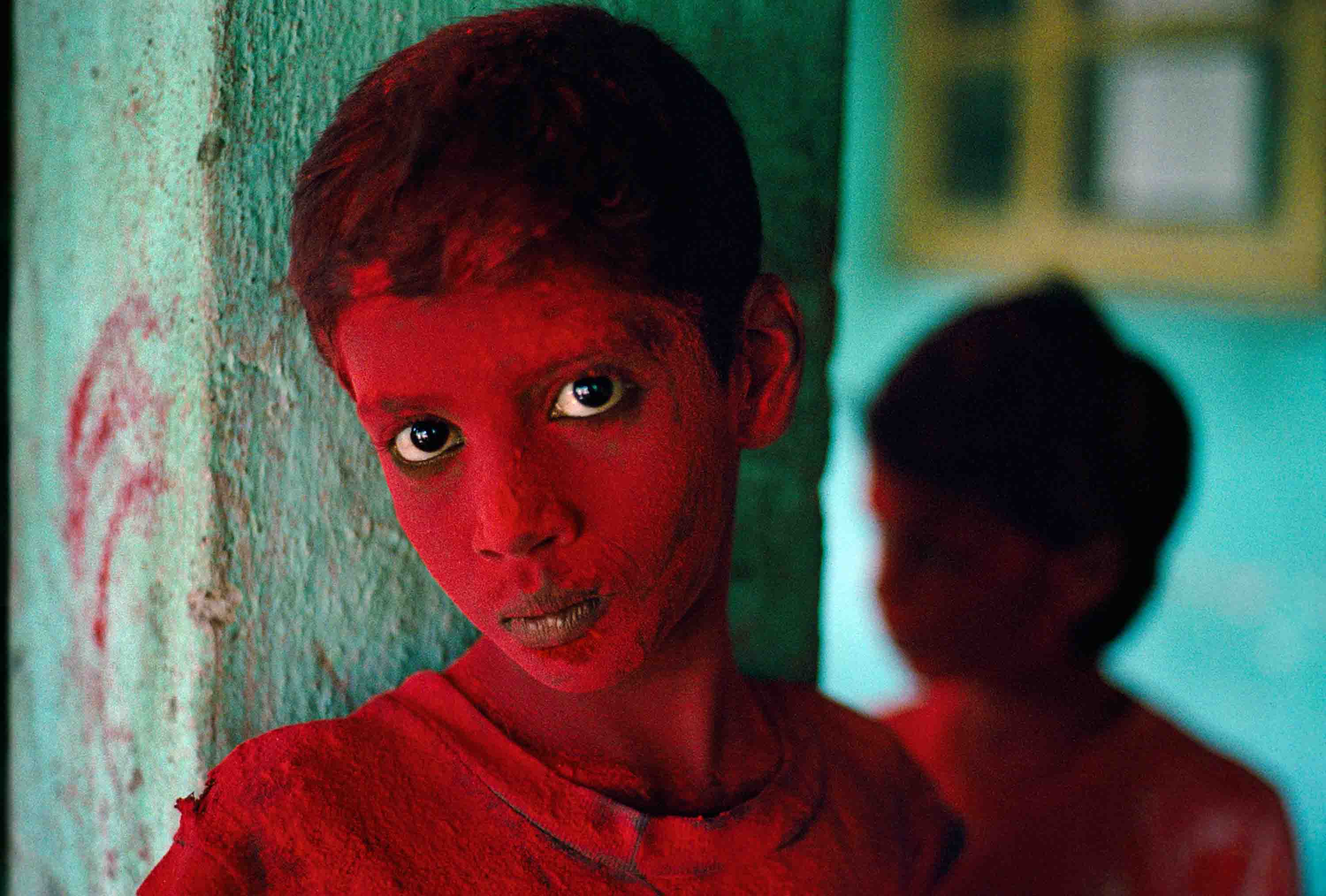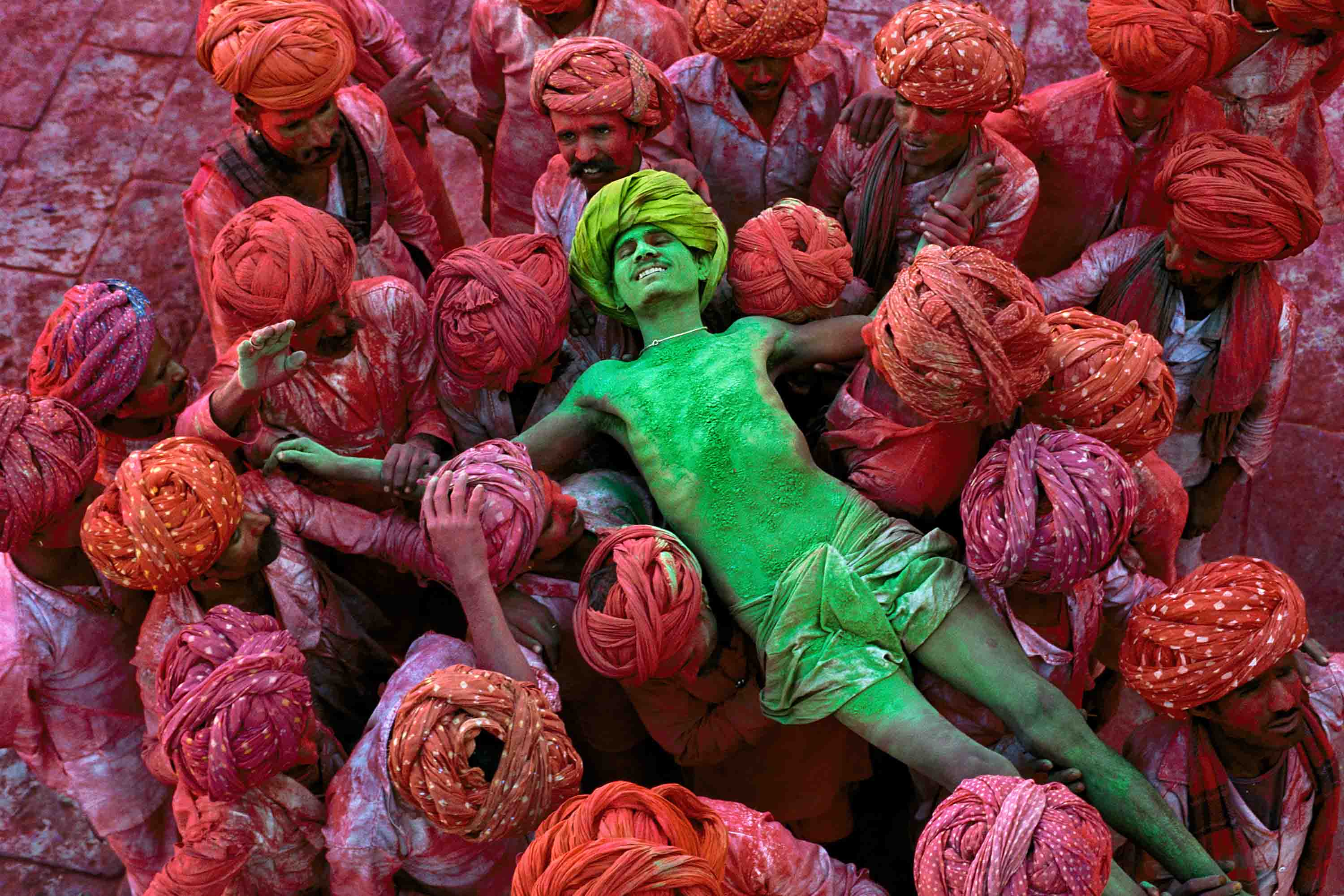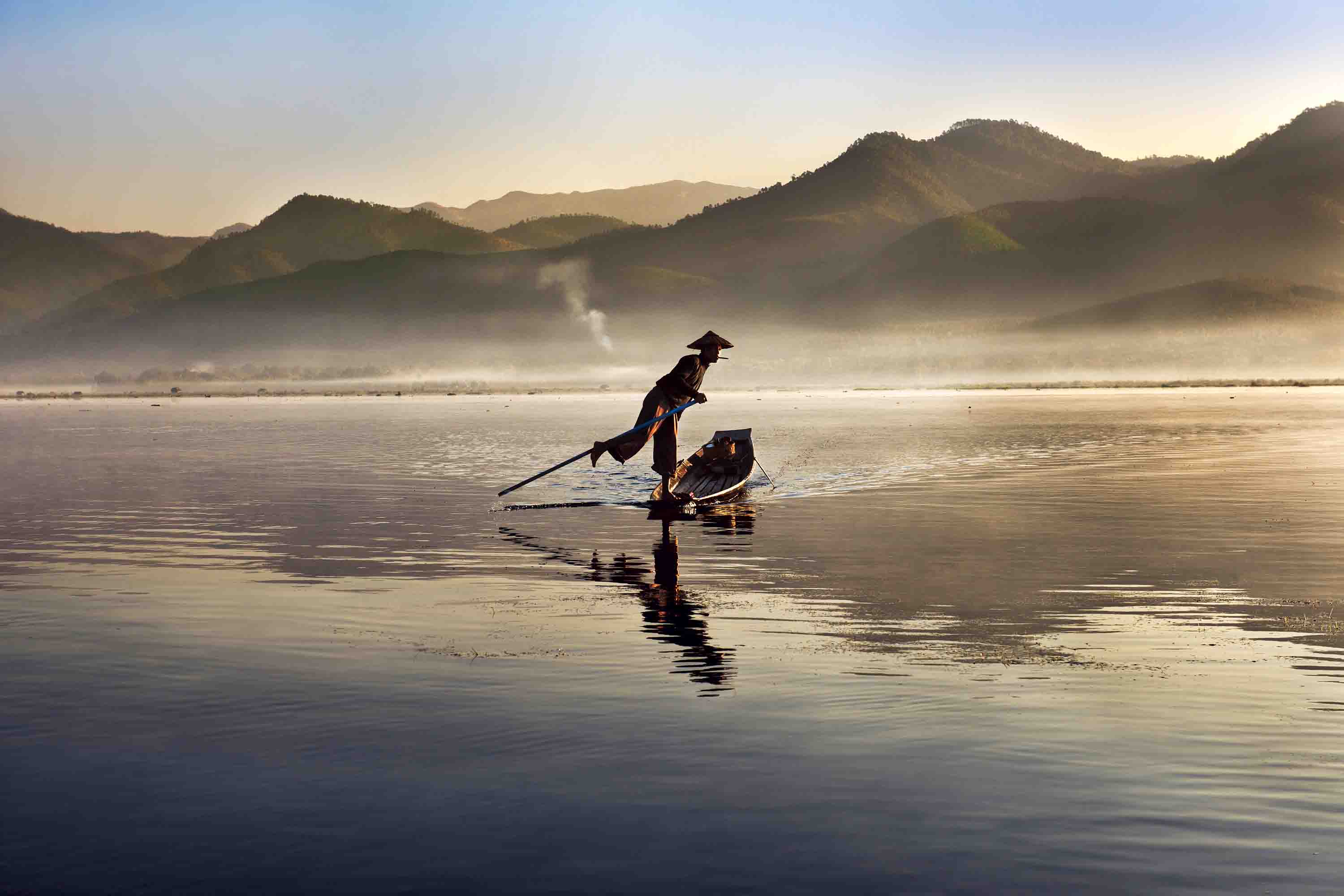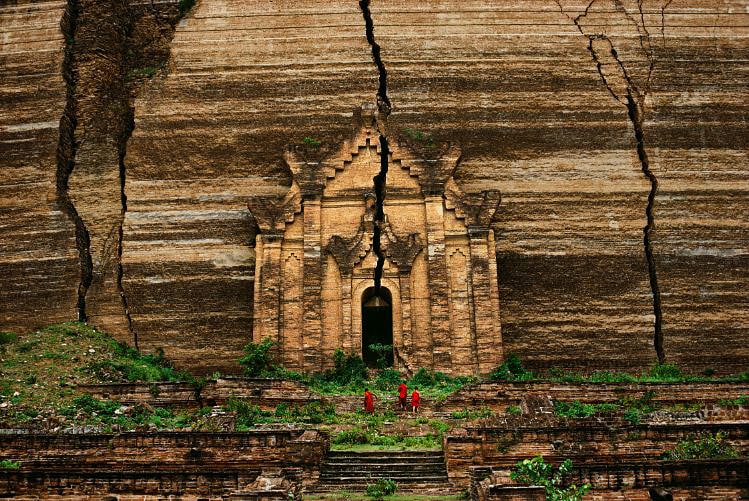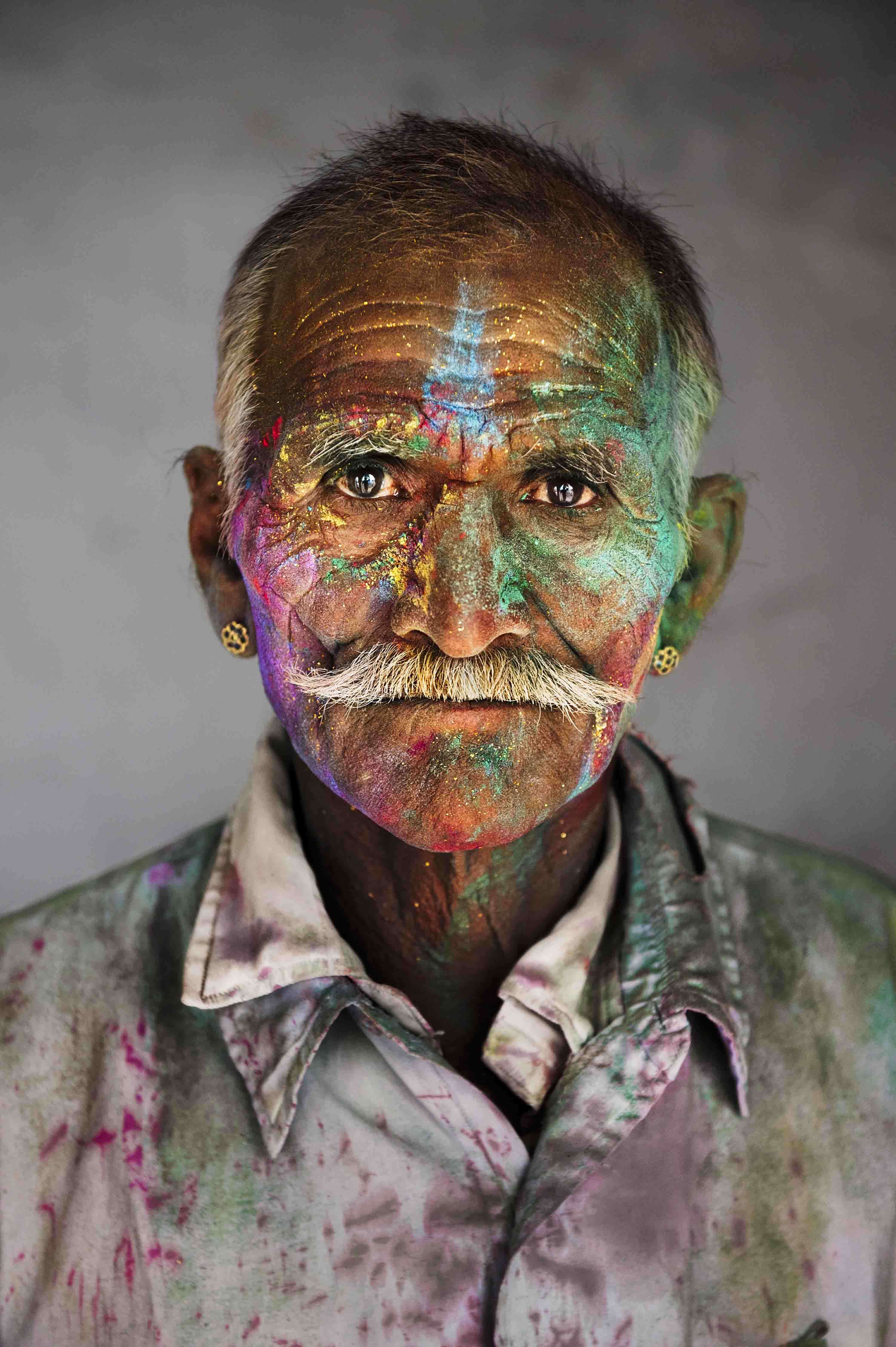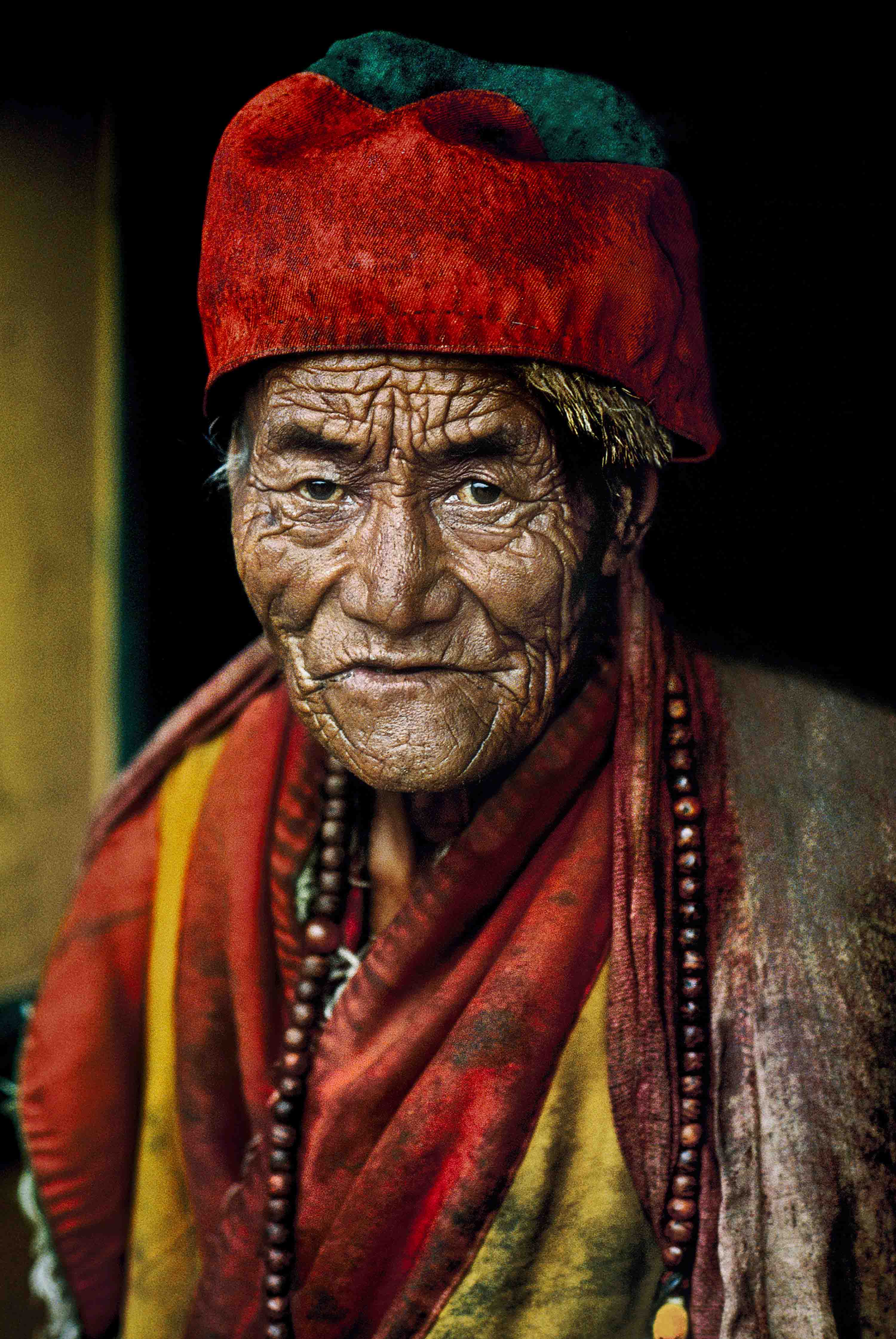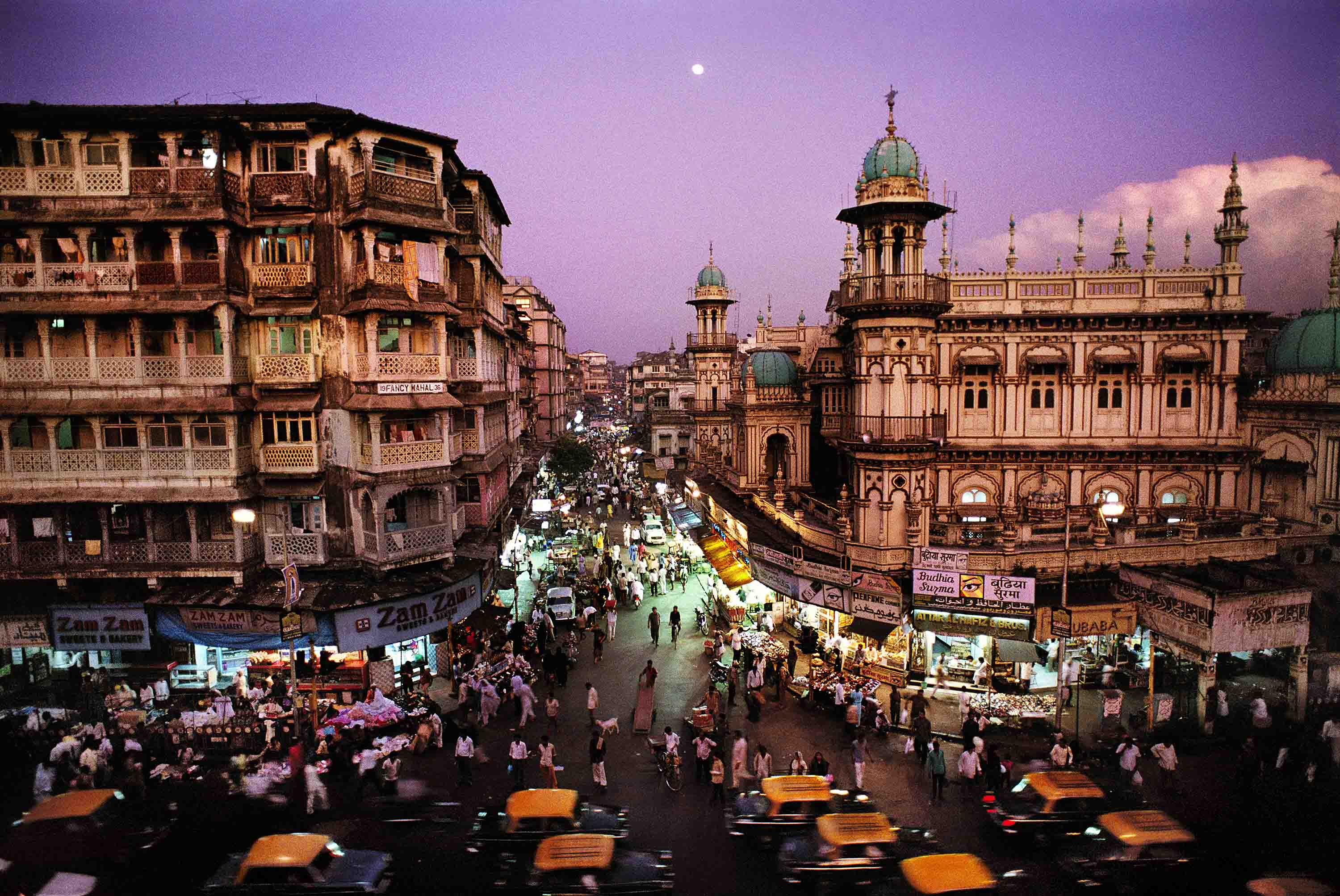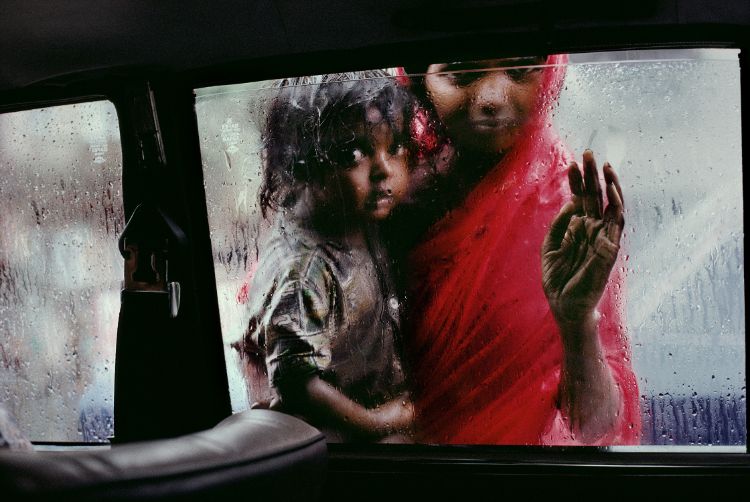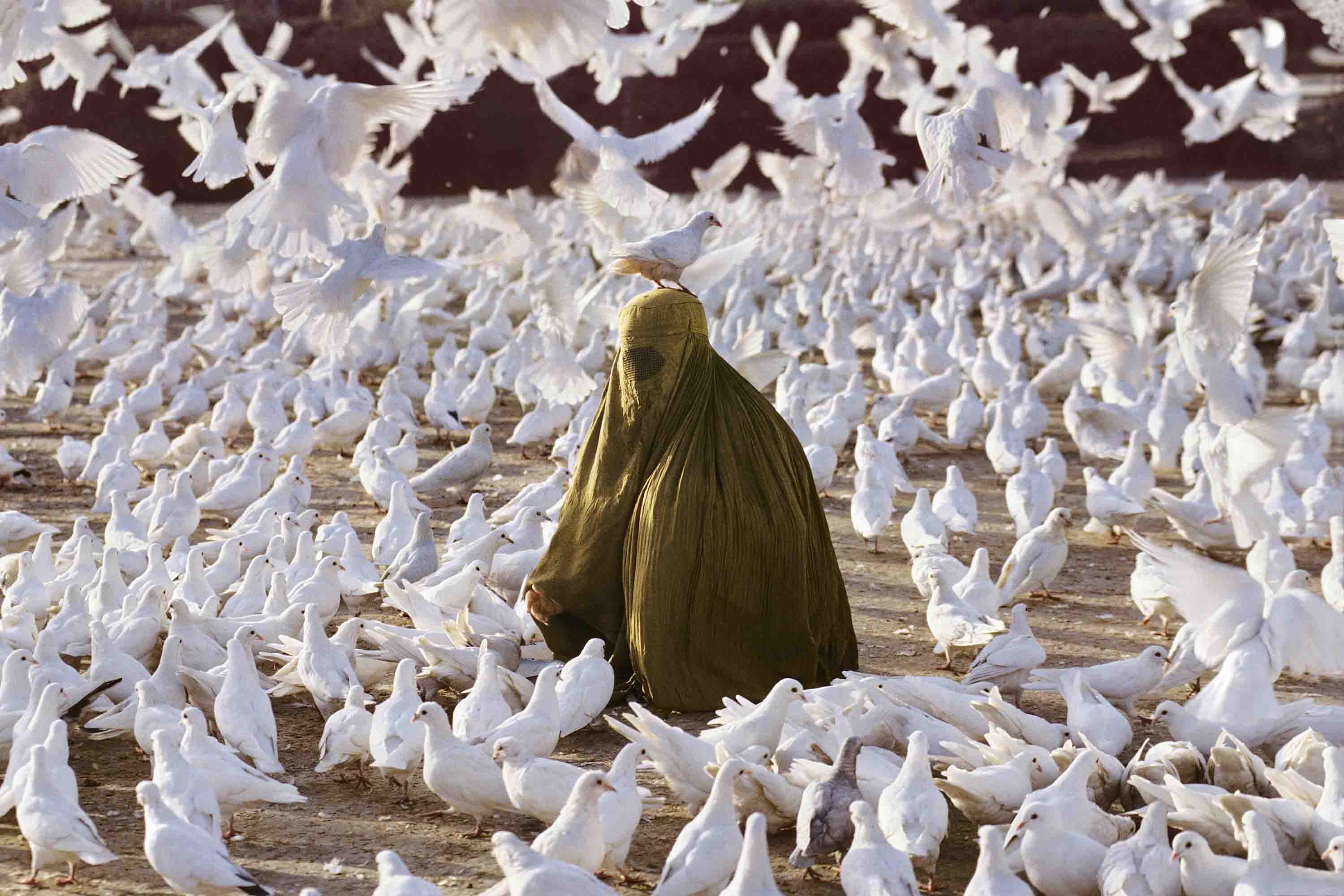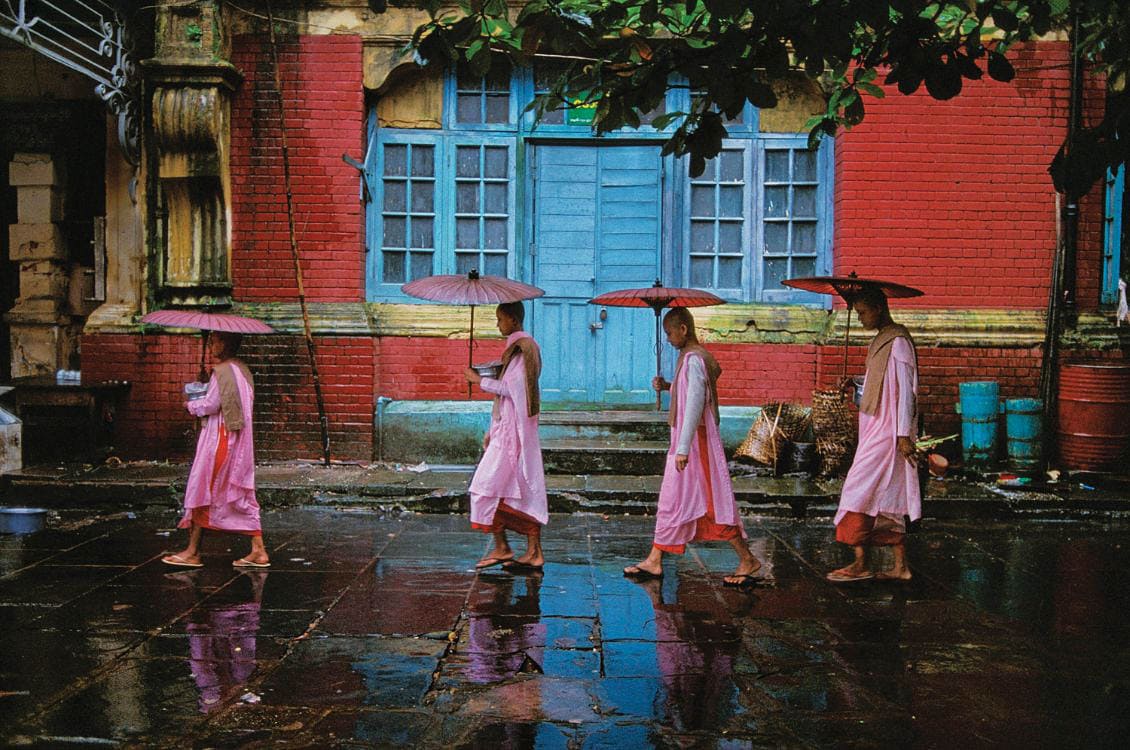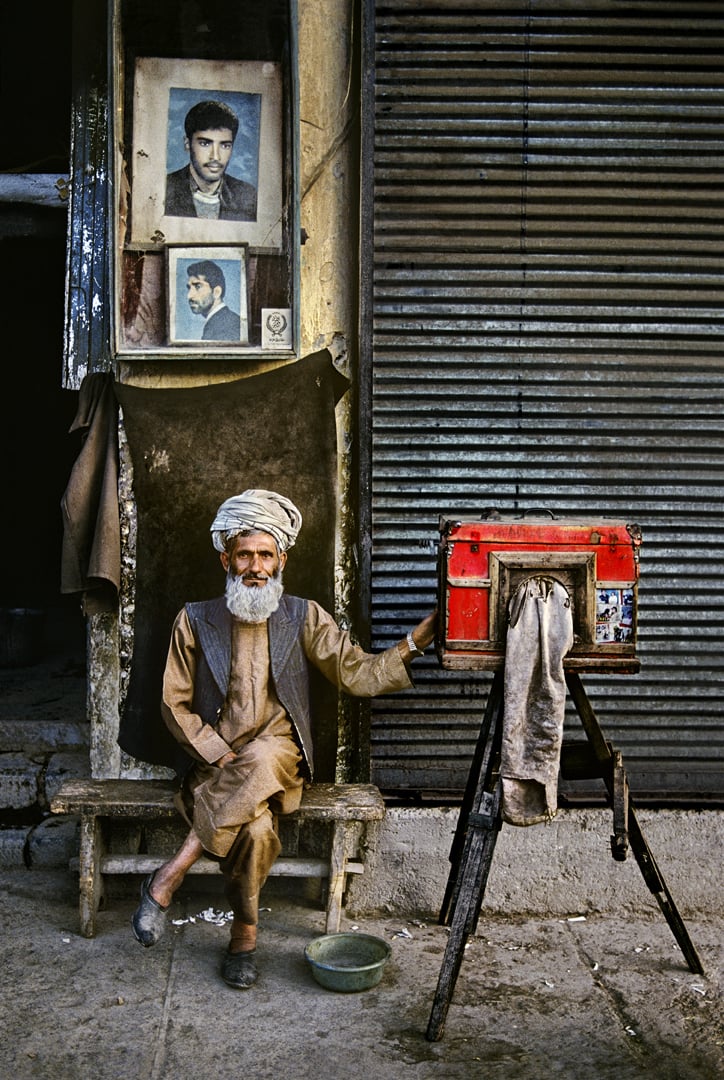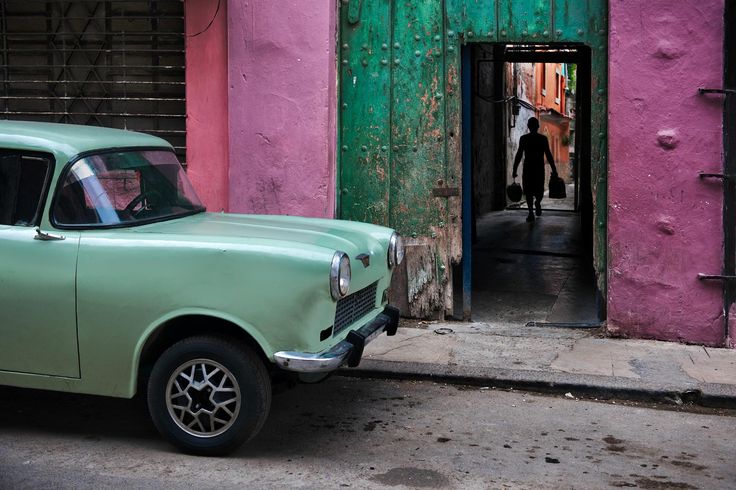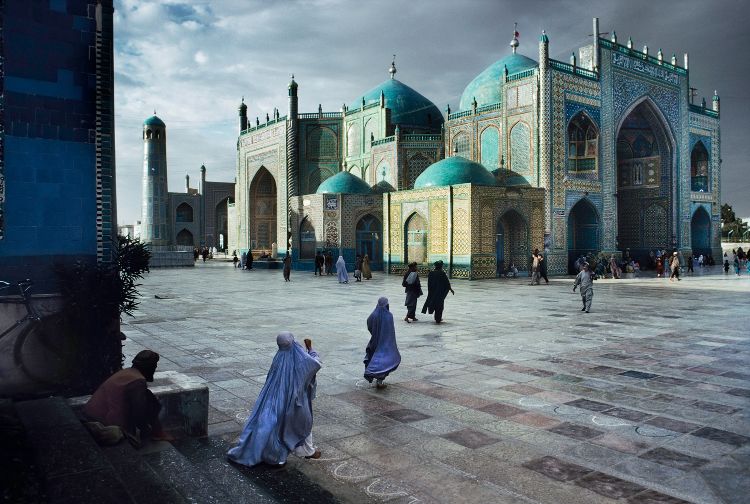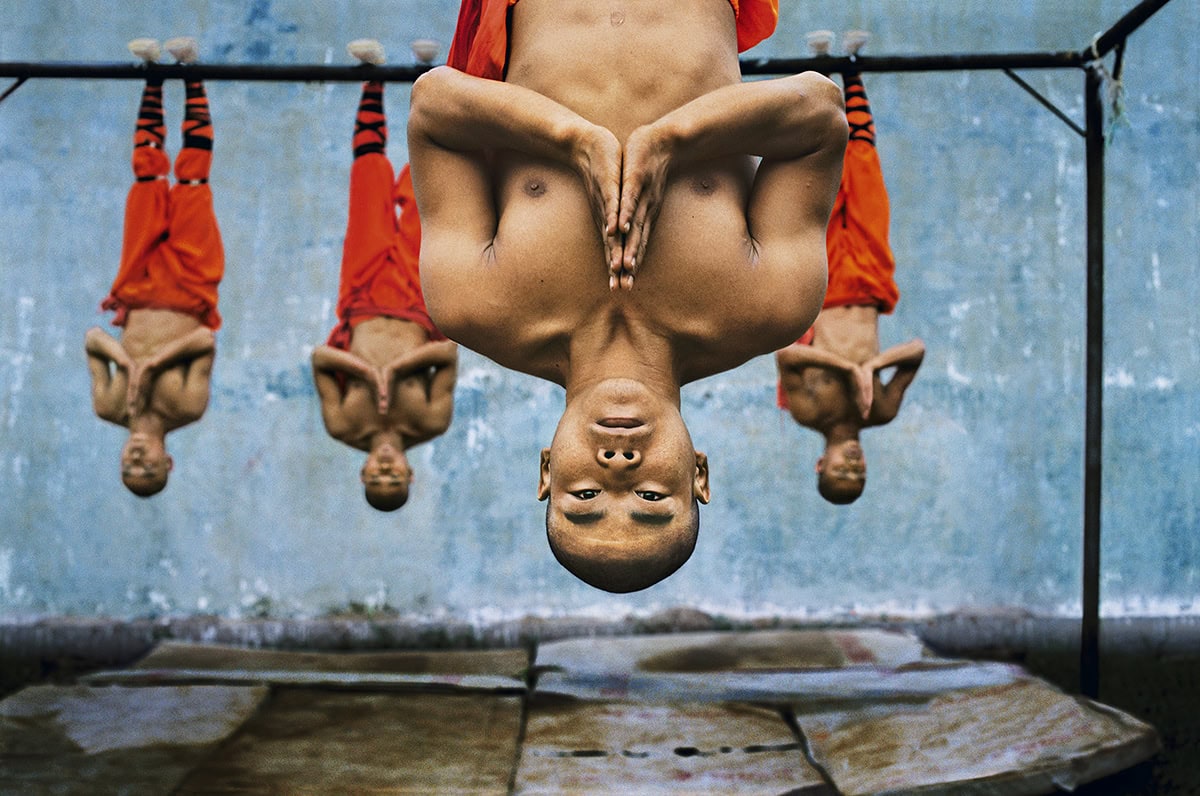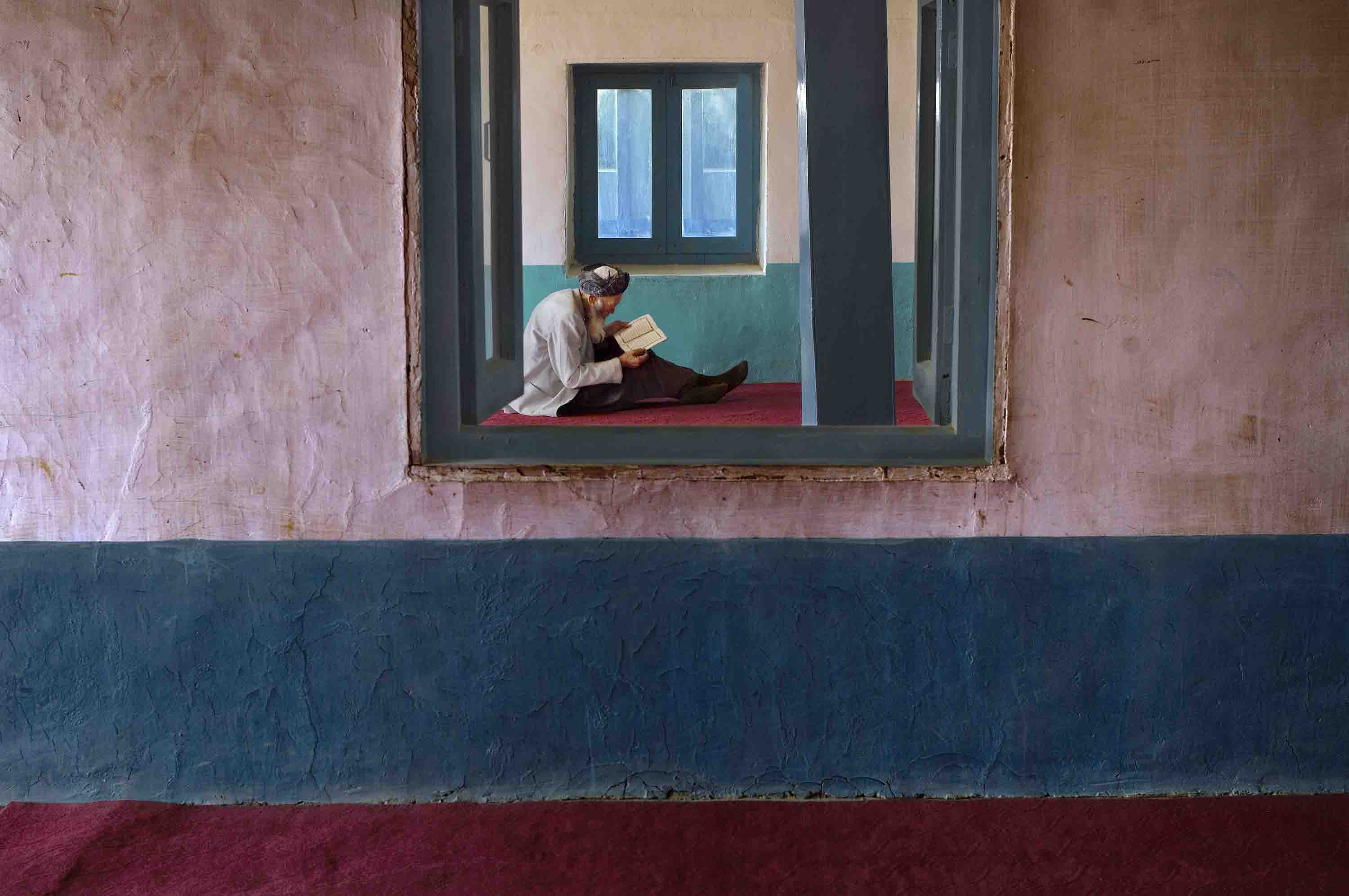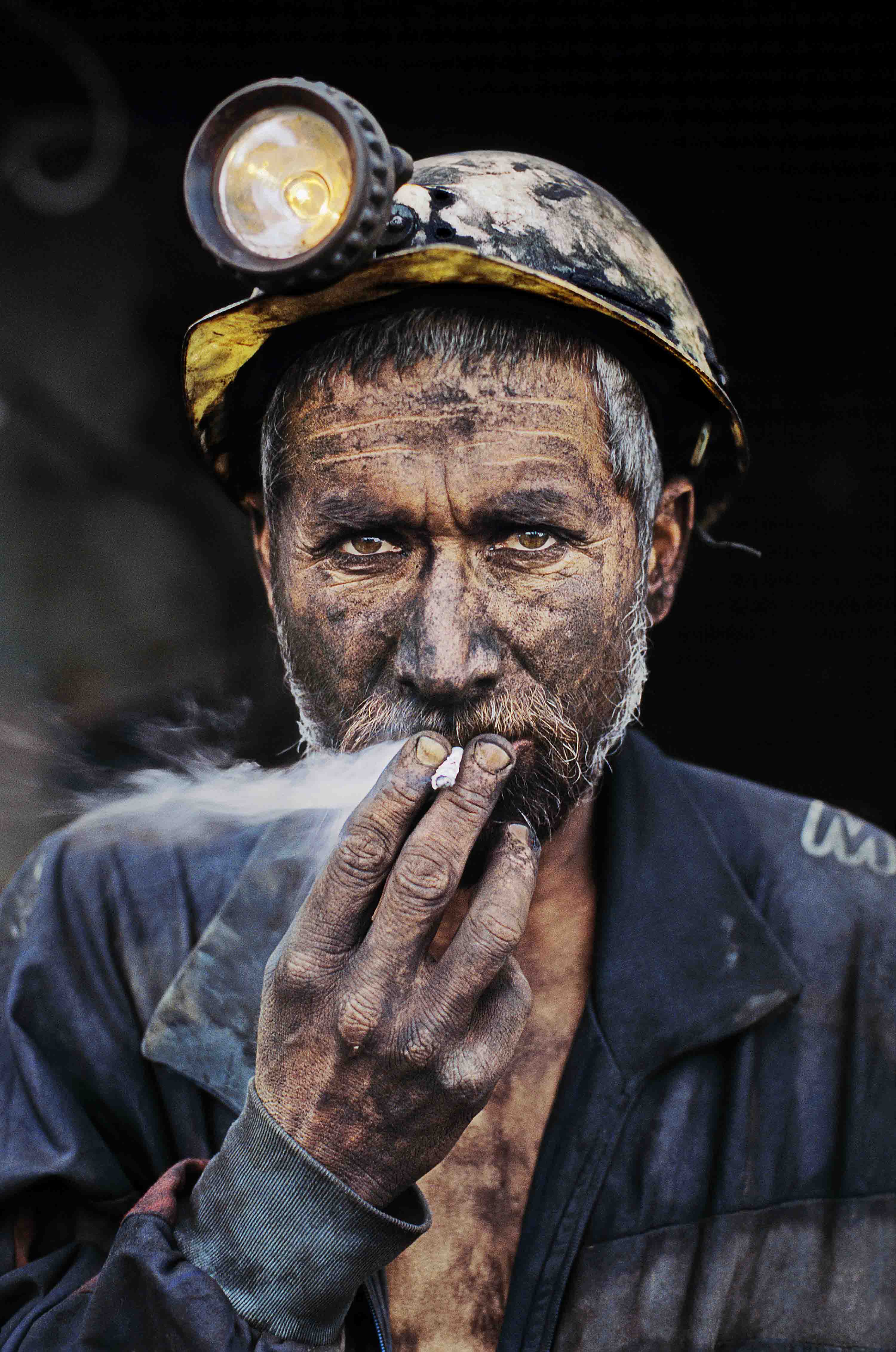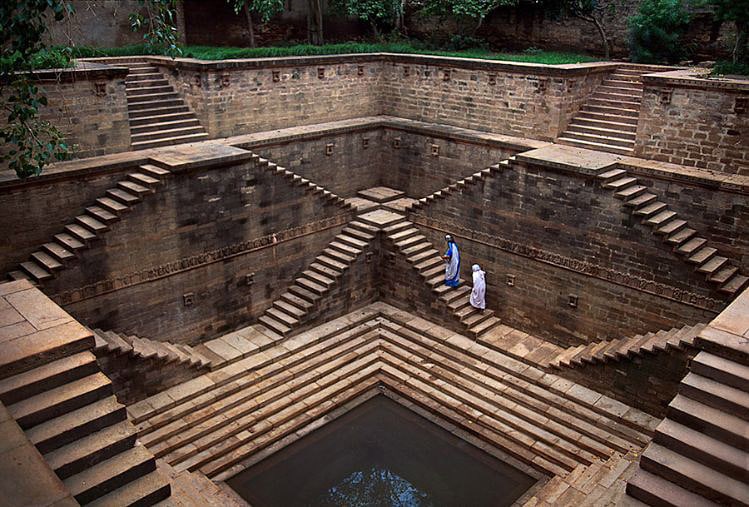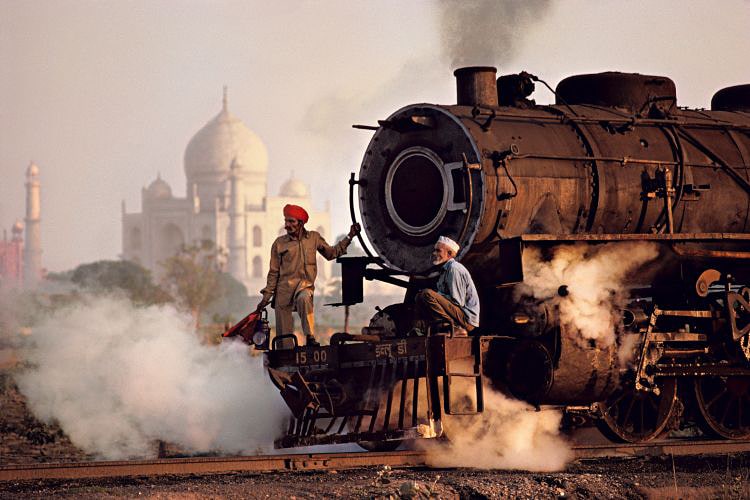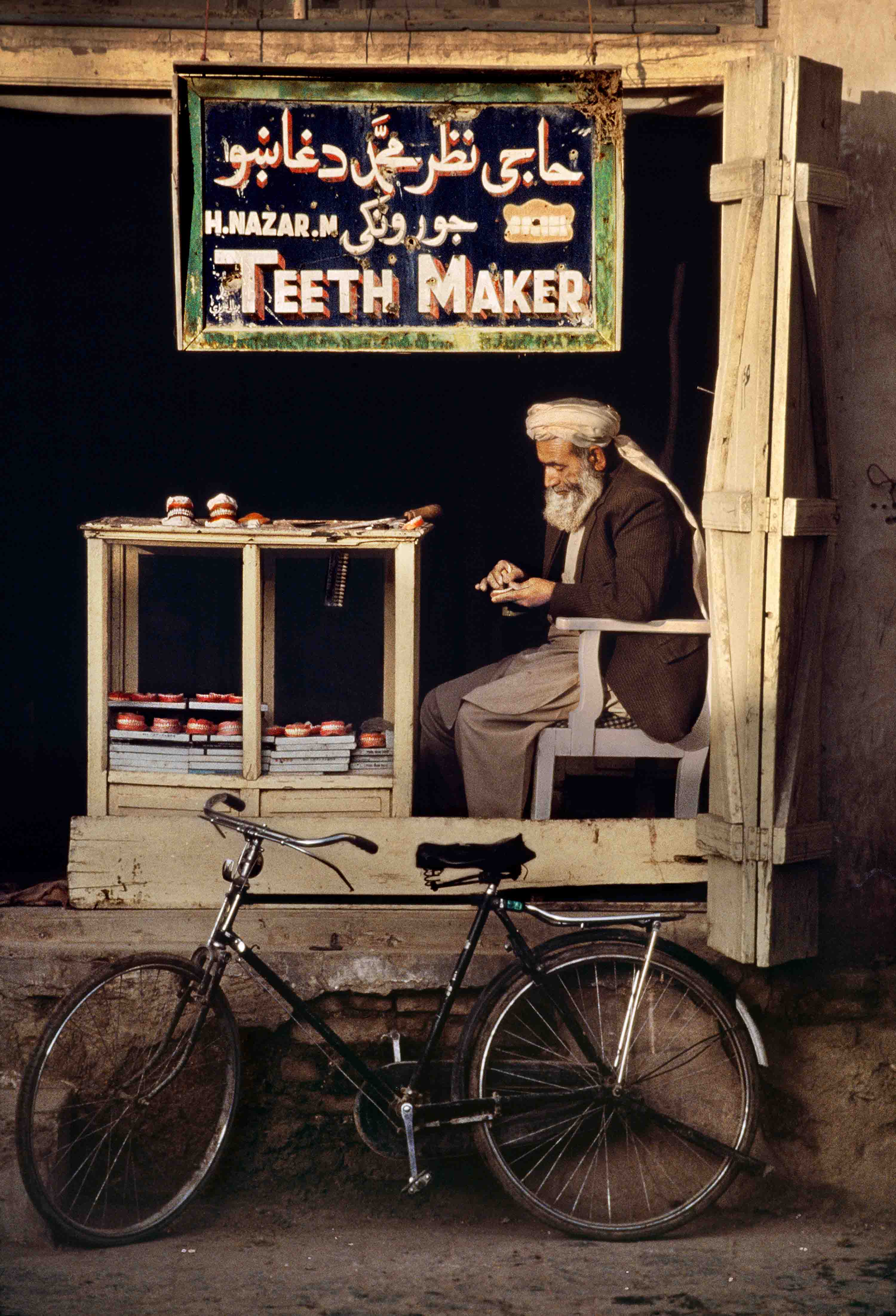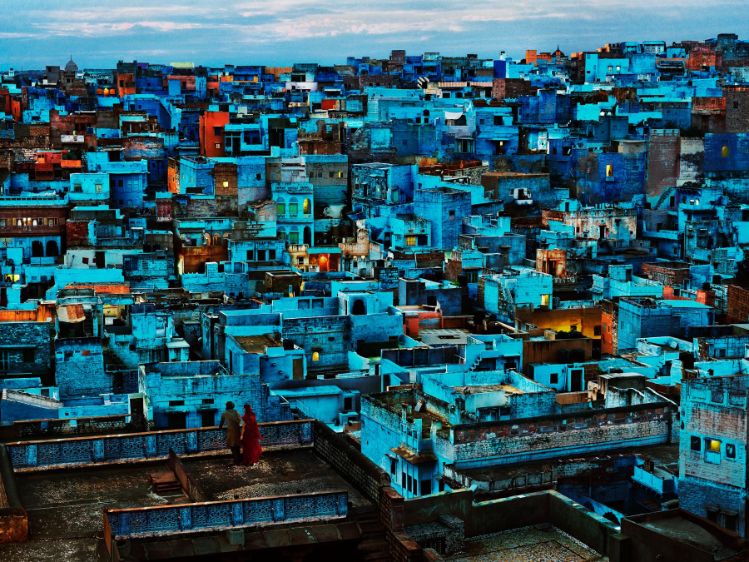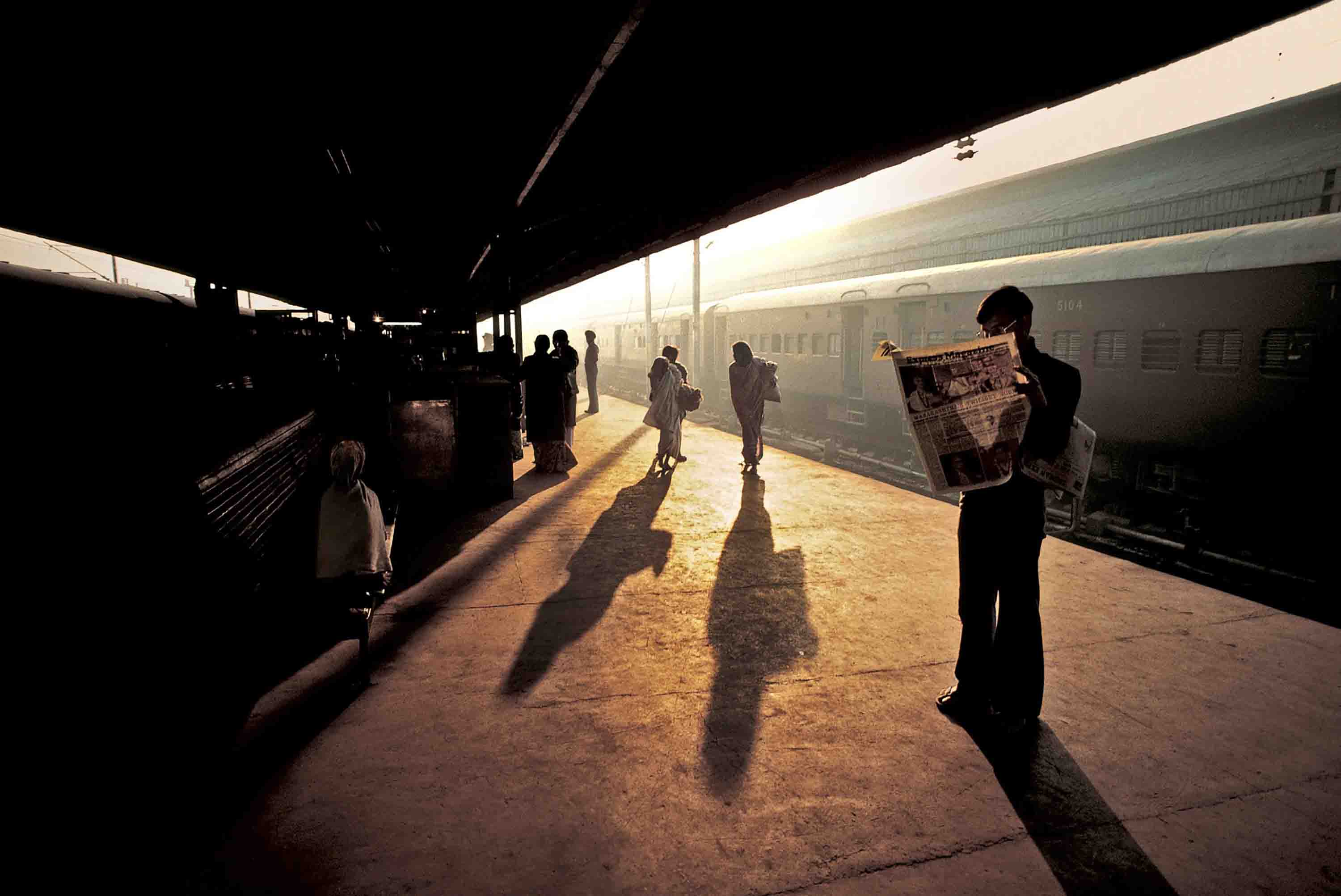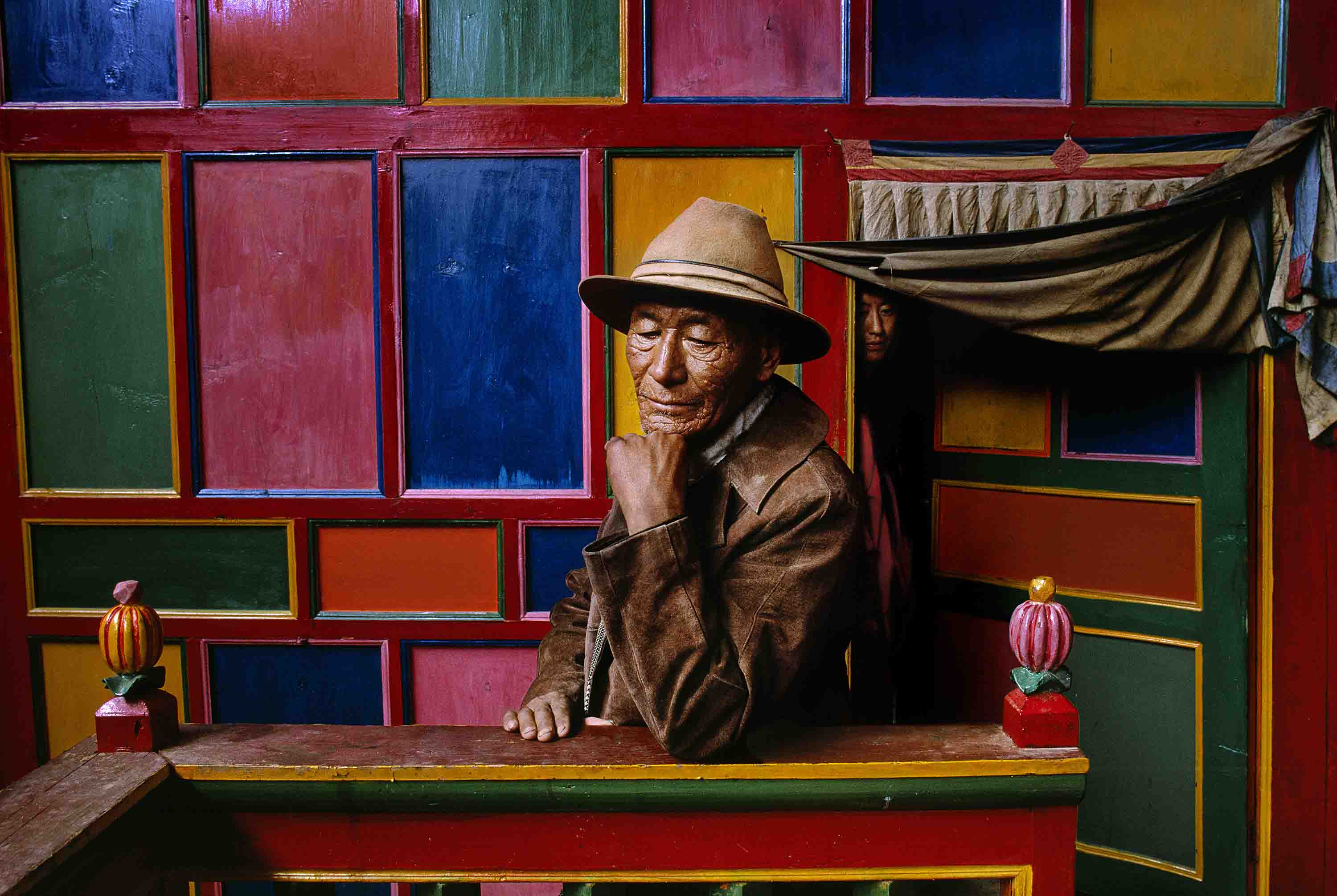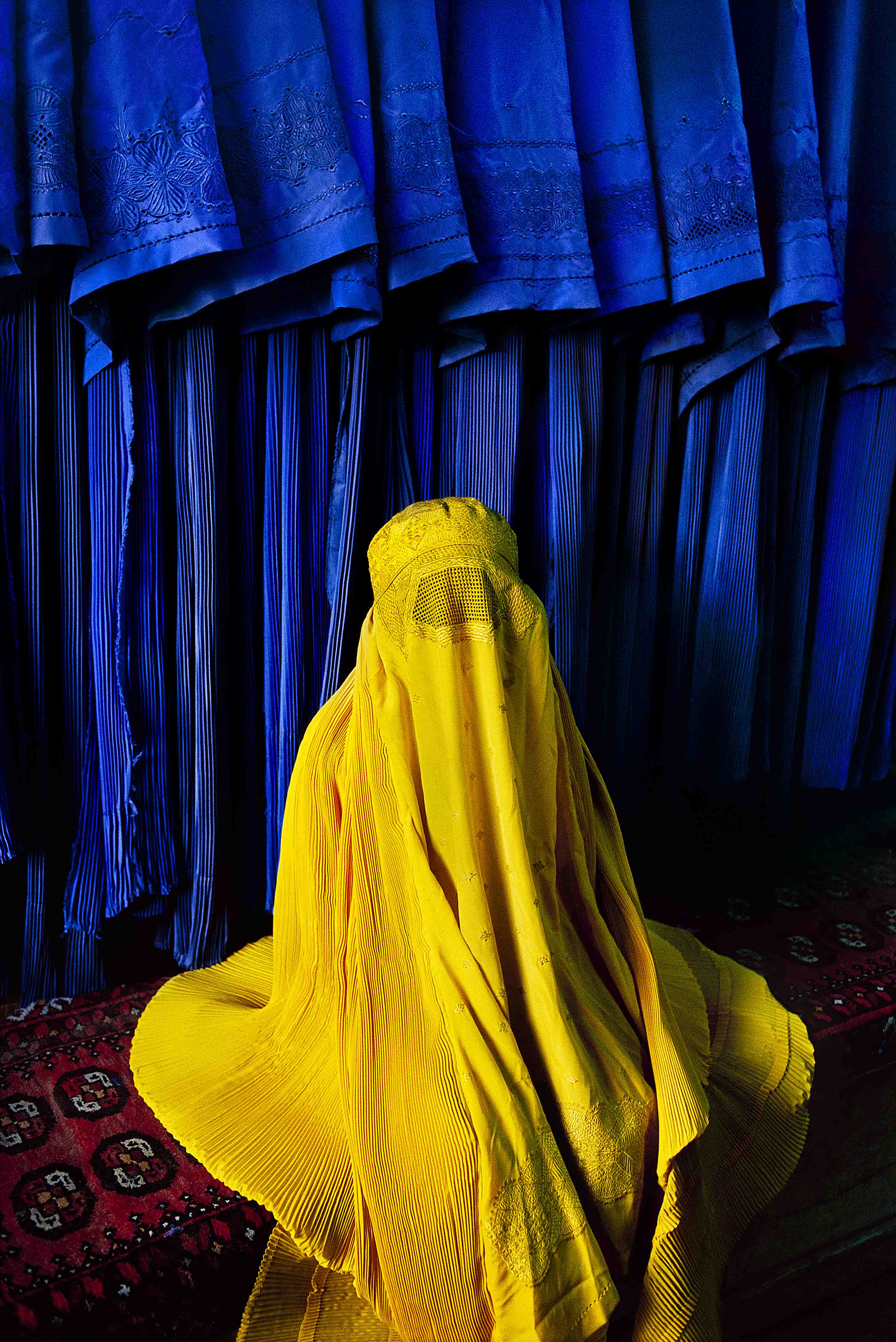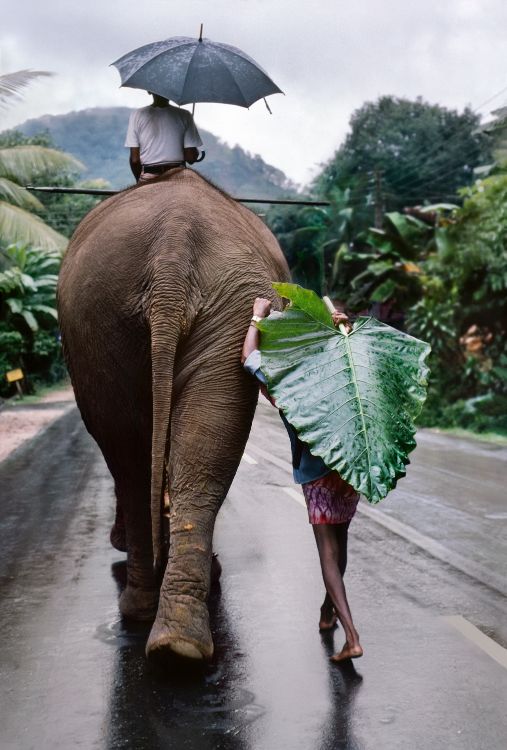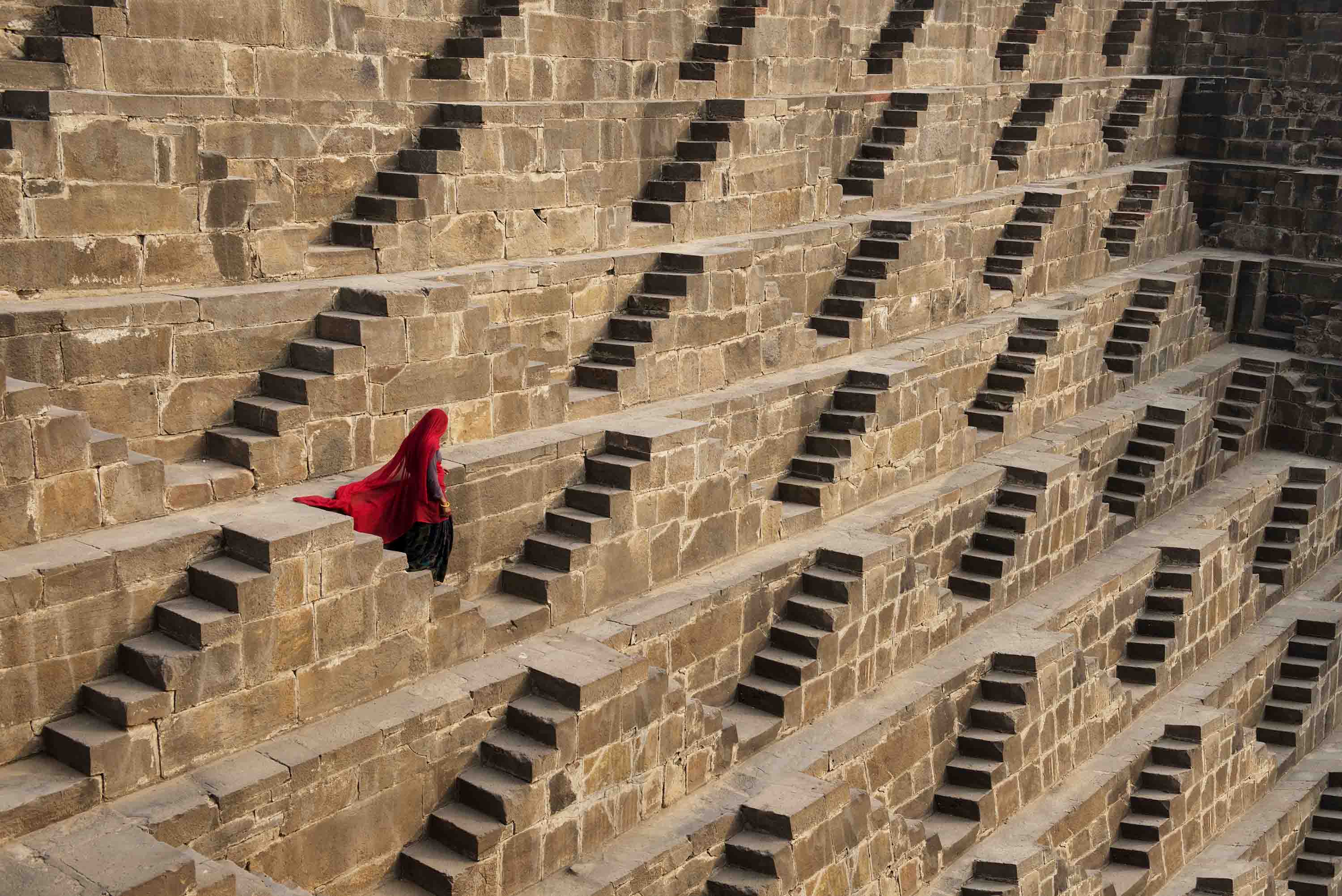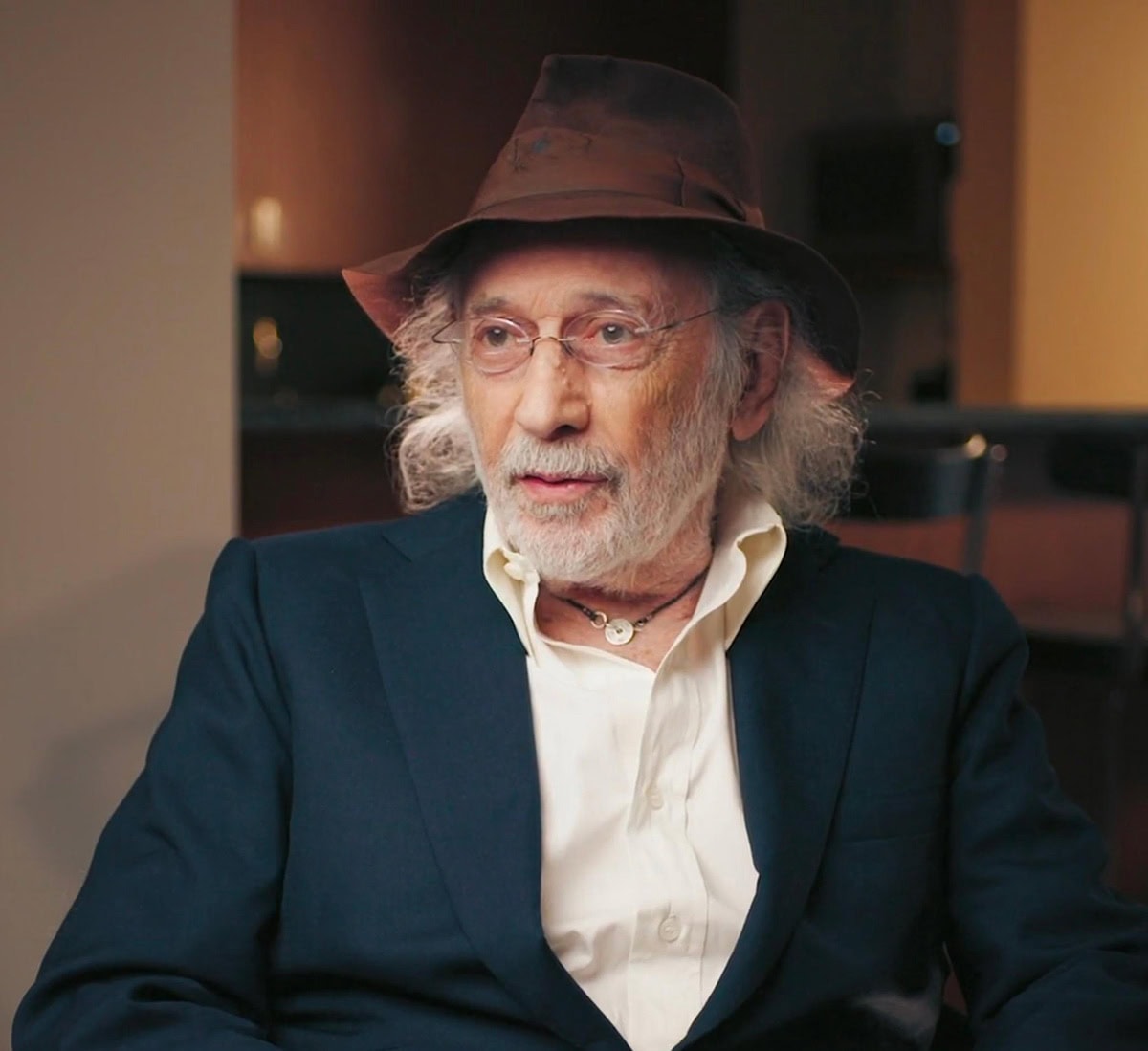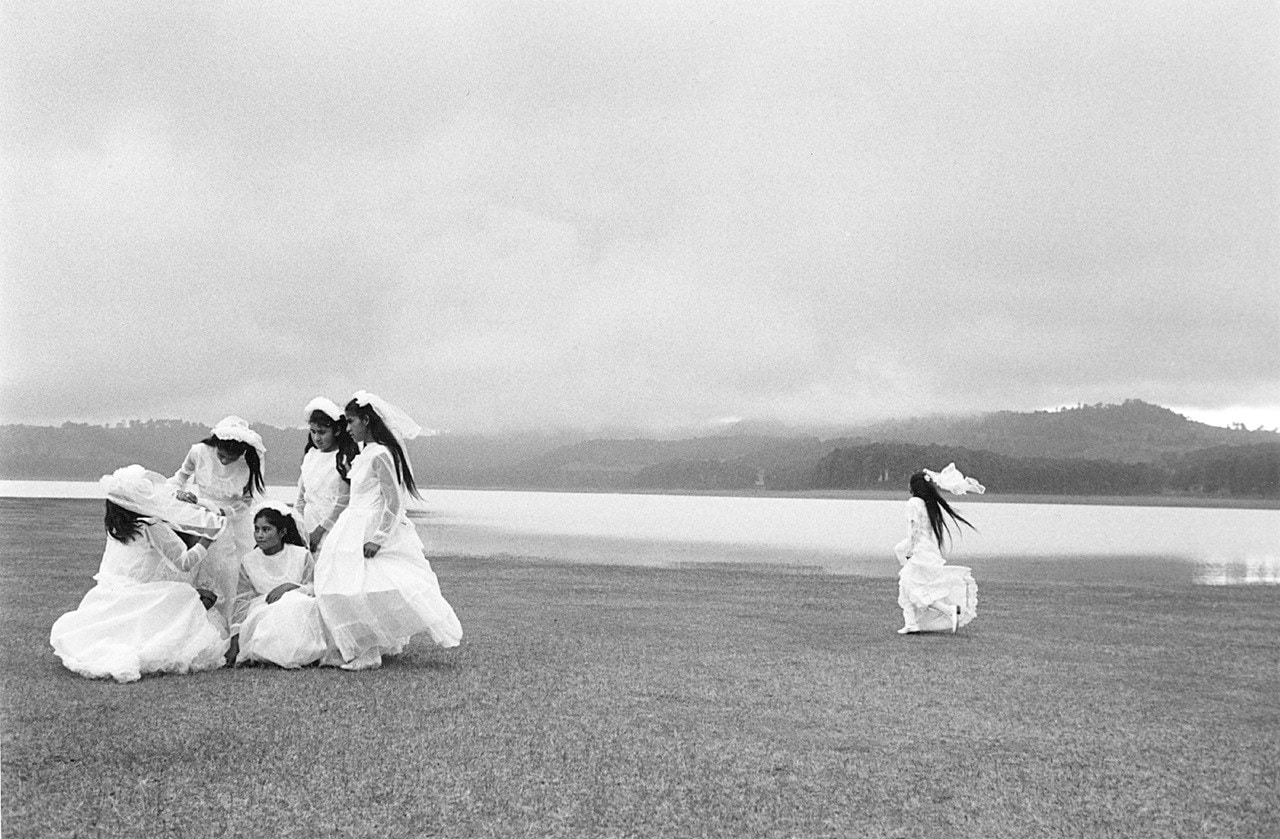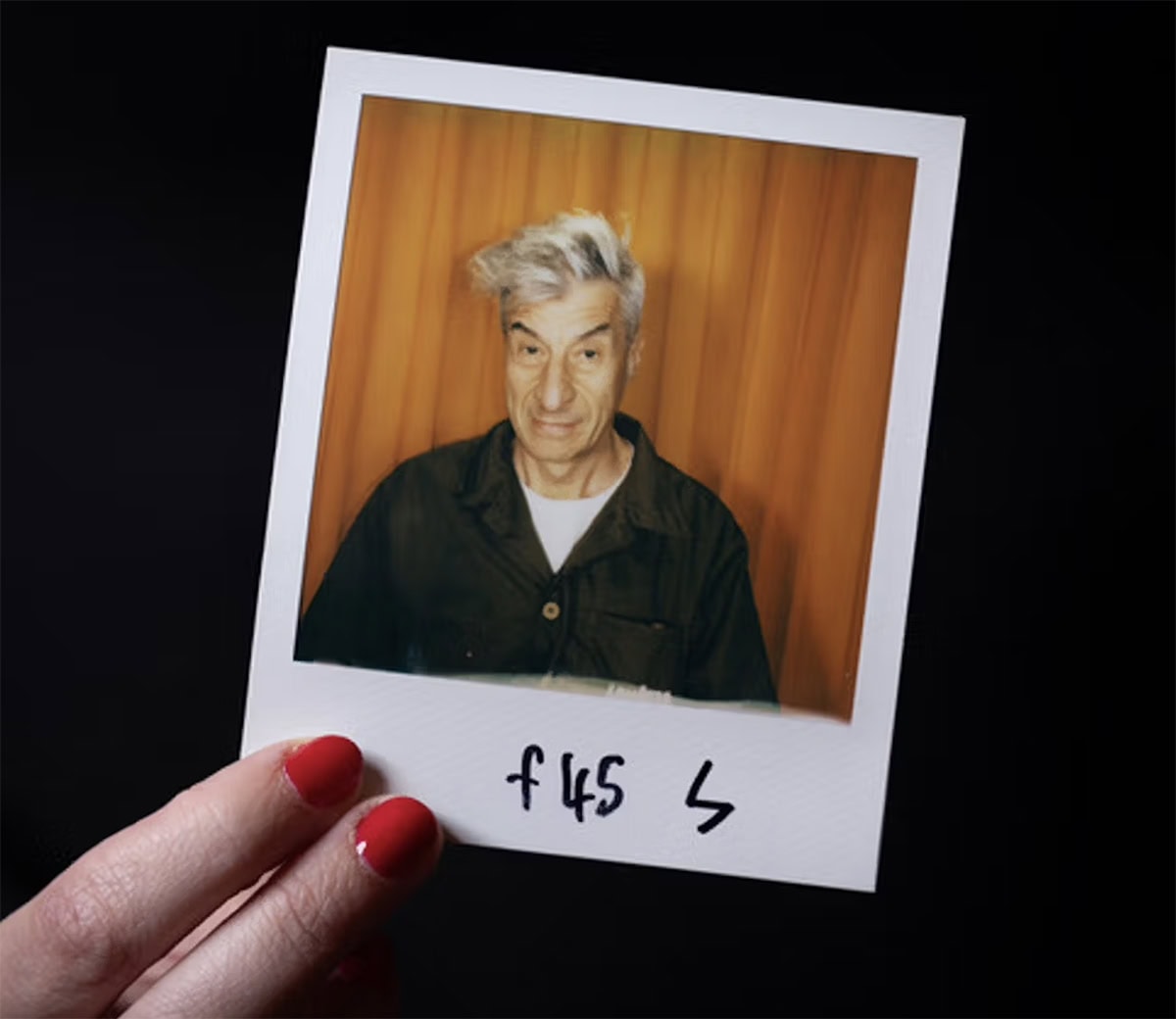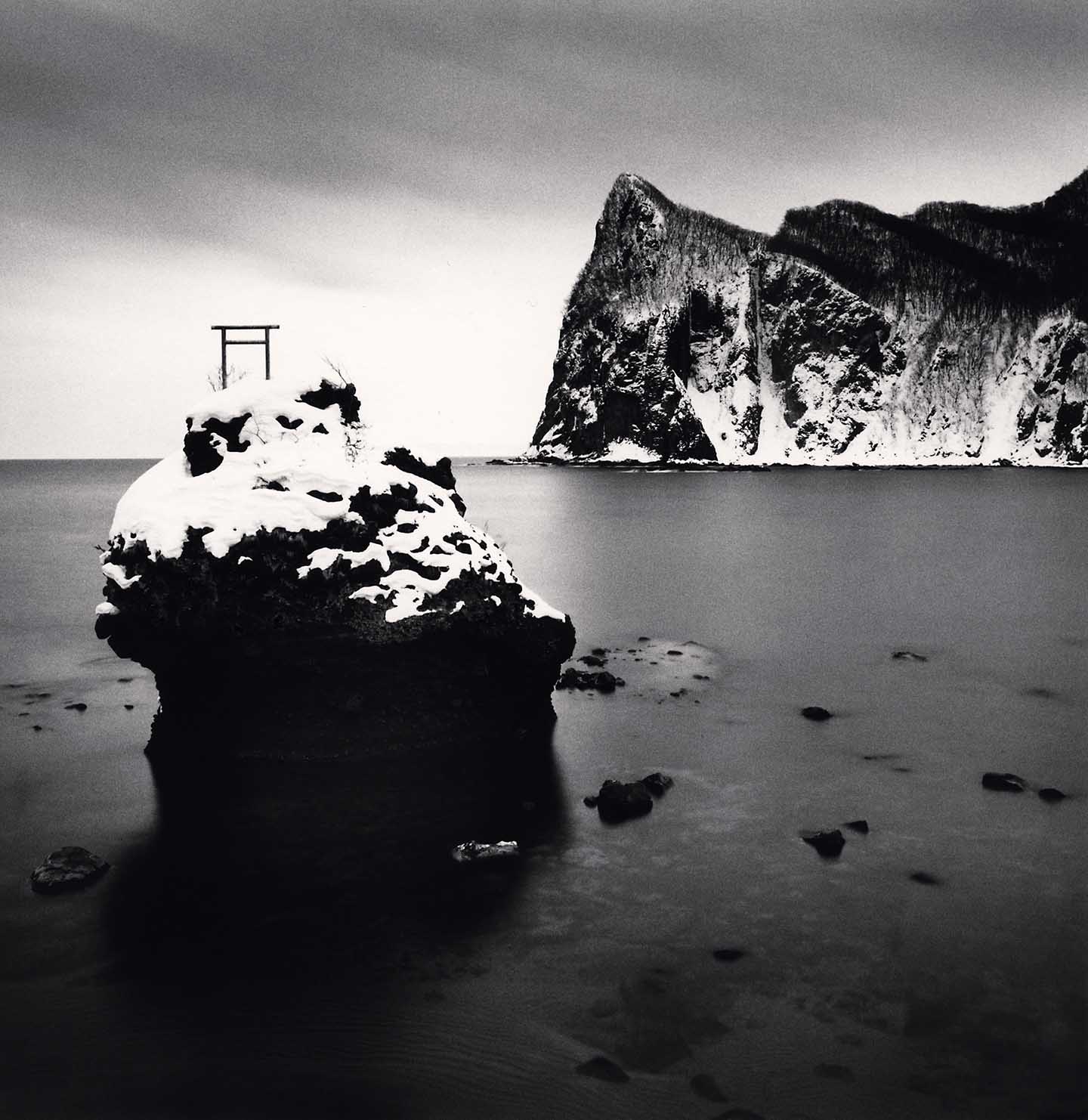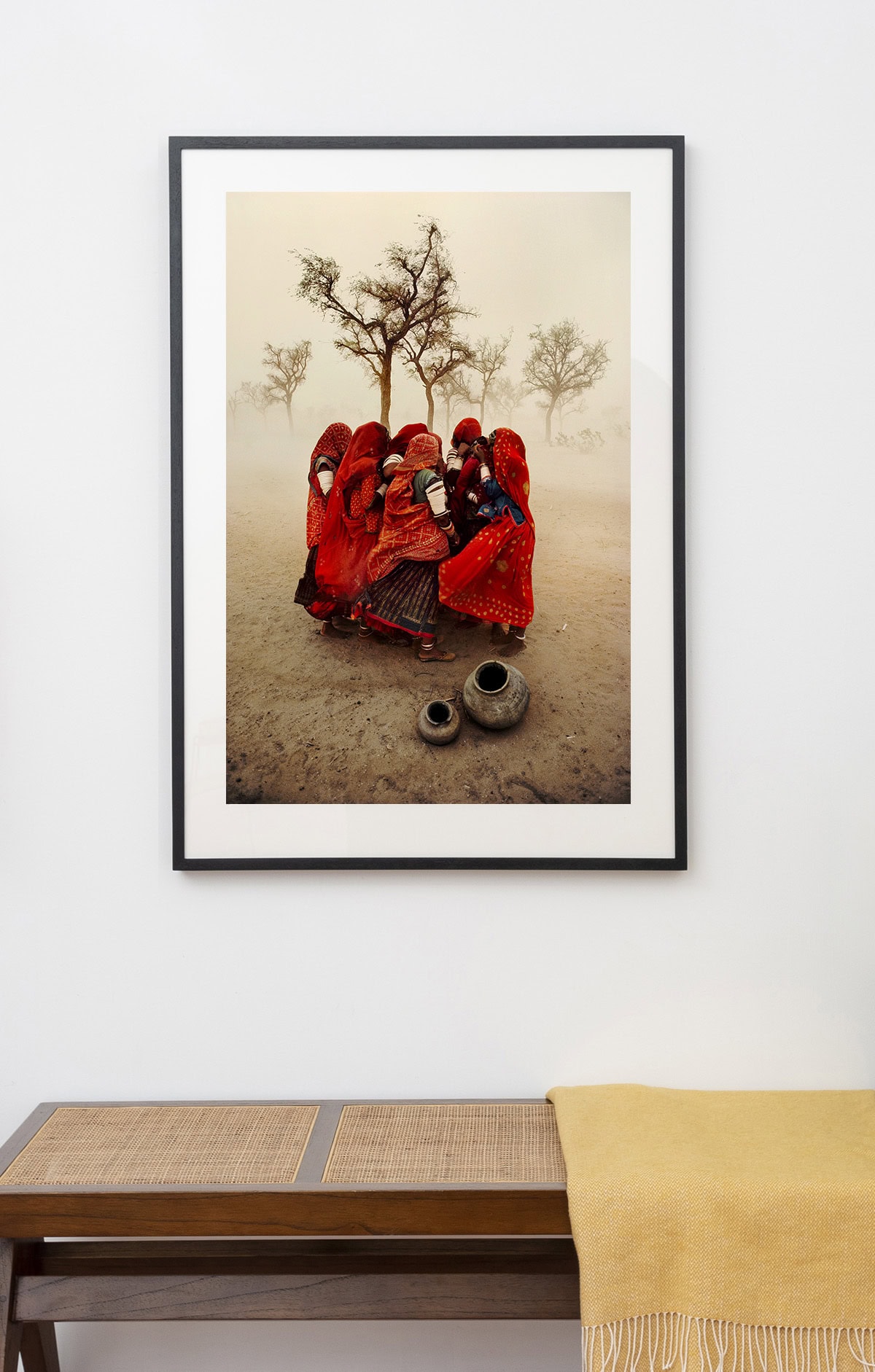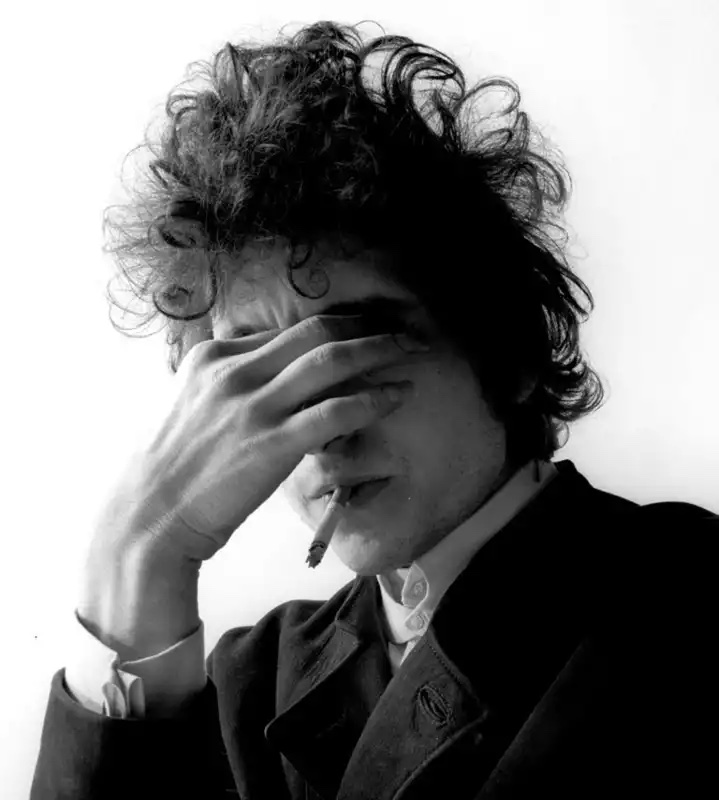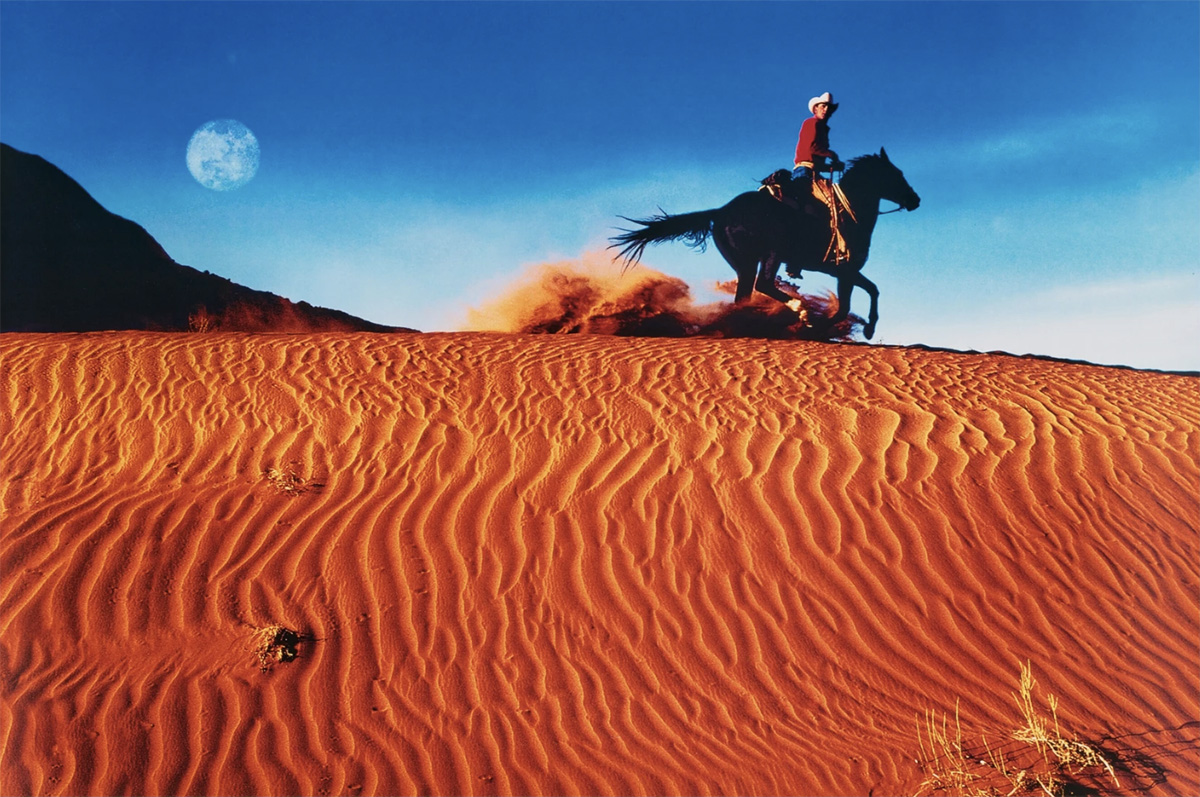Steve McCurry and The Last Roll of Kodachrome Film
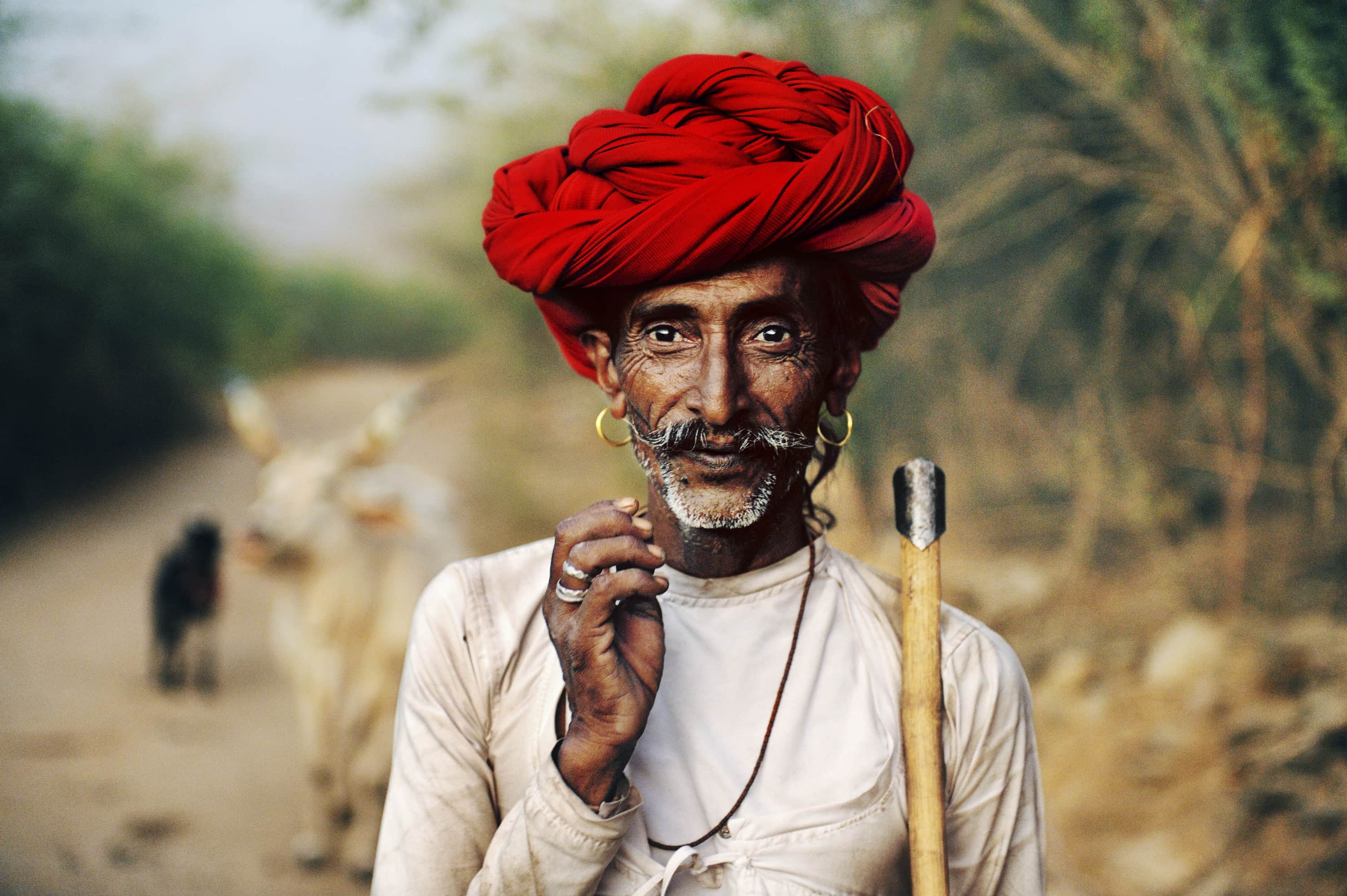
17th January 2020
In 2009, Kodak announced that the long loved colour film, Kodachrome, was due to be discontinued. Widely used for its intense colours and durability, Kodachrome was revolutionary in film photography when introduced in the 1930s. Before it’s introduction, most colour transparencies were developed using a laborious process, involving heavy tinted glass plates and extremely bright projection lamps, leaving the colours dull and lifeless. The introduction of Kodachrome’s ‘sublime’ and ‘rich’ colours, as described by photographer, Steve McCurry, enabled individuals to capture their subjects more accurately than ever before. However, as photography developed though the 20th century, the introduction of digital cameras provided a more fast and efficient way of working. As a result, the demand for film such as Kodachrome fell, and by 2009 the last roll was printed. Known for his vivid photographs shot on Kodachrome film, most notably Afghan Girl (1984), Steve McCurry was granted the last ever roll produced.

Having begun his career working with Kodachrome film, McCurry decided to revisit the places he first travelled as an aspiring photographer. He set off to take portraits of those who he felt were timeless icons of both his home, New York City, and India, to create what he called, a ‘human story’. Beginning and ending with shots of New York, the roll of film echoes the development of the photographer’s career. Capturing icons of the time, Robert de Niro in America and Bollywood actor Amitabh Bachchan in India, McCurry pieces together fragments of the modern world. Along with famous figures, McCurry also captured portraits of nomadic Rabari Shepherds, members of an ancient Indian tribe, who he had previously visited earlier in his career. The photographs document fortune tellers and snake charmers, ancient traditions of the community which are also coming to an end as a result modernisation. McCurry’s use of the discontinued film poetically mirrors the disappearing traditions of the tribe, both are archived simultaneously and become symbols of a lost time.
The 36 frames, dedicated to timeless figures and landmarks, become a record of something much larger when viewed as a whole. When discussing his photographs, McCurry states that it isn’t a single feature which makes a portrait, it is all of them working together. Similarly, this last roll of film cannot be defined by one of the images. Now working mostly with a digital camera, McCurry’s final 36 shots come together to form a tribute to film photography and the impact it had on his career.
FeaturedSteve McCurry
FeaturedSteve McCurry
The ArtistSteve McCurry (born 1950) is best known for his evocative colour photographs that document both human struggles and joy. Having travelled the globe for over thirty years, McCurry has photographed warzones, burning oil fields, refugee camps, ship breaking yards and monsoons all over the world. A member of Magnum Photos since 1986, many of his images have become modern icons.
Artist Page